Welcome to our comprehensive guide on the evolving landscape of tiny homes in the Bluegrass State. In recent years, many prospective homeowners have become intrigued by the idea of downsizing, embracing simplicity, and pursuing a lifestyle centered on sustainability and affordability. This blog will explore the frequently asked question, Are Tiny Homes Allowed in Kentucky, along with various aspects of tiny living that are relevant to residents and enthusiasts throughout the state. Whether you are considering constructing a tiny home for yourself or you are interested in understanding the regulatory framework that governs these structures, this guide aims to provide you with clear, detailed insights.
Tiny homes offer an innovative alternative to traditional housing, allowing individuals to minimize their environmental footprint and maximize their financial freedom. In Kentucky, the interest in tiny homes is growing steadily, spurred by changing economic conditions and a cultural shift towards more sustainable living. In this blog, we delve into the specifics of Tiny Homes Kentucky and discuss how local policies, zoning laws, and building codes affect their development and acceptance.
Throughout this article, you will learn about the current legal framework, including the intricacies of Tiny House Laws Kentucky and Tiny Home Regulations Kentucky. We also provide an analysis of Kentucky Tiny House Zoning issues, helping you understand where and how tiny homes can be built in various regions of the state. By exploring both the benefits and challenges of tiny home living, we hope to equip you with the knowledge you need to make informed decisions. Join us on this journey as we examine the trends, legalities, and future prospects of tiny homes in Kentucky.
This introduction sets the stage for a deeper exploration of the tiny home movement in Kentucky. Our guide is designed to inform, inspire, and empower you truly transformative.
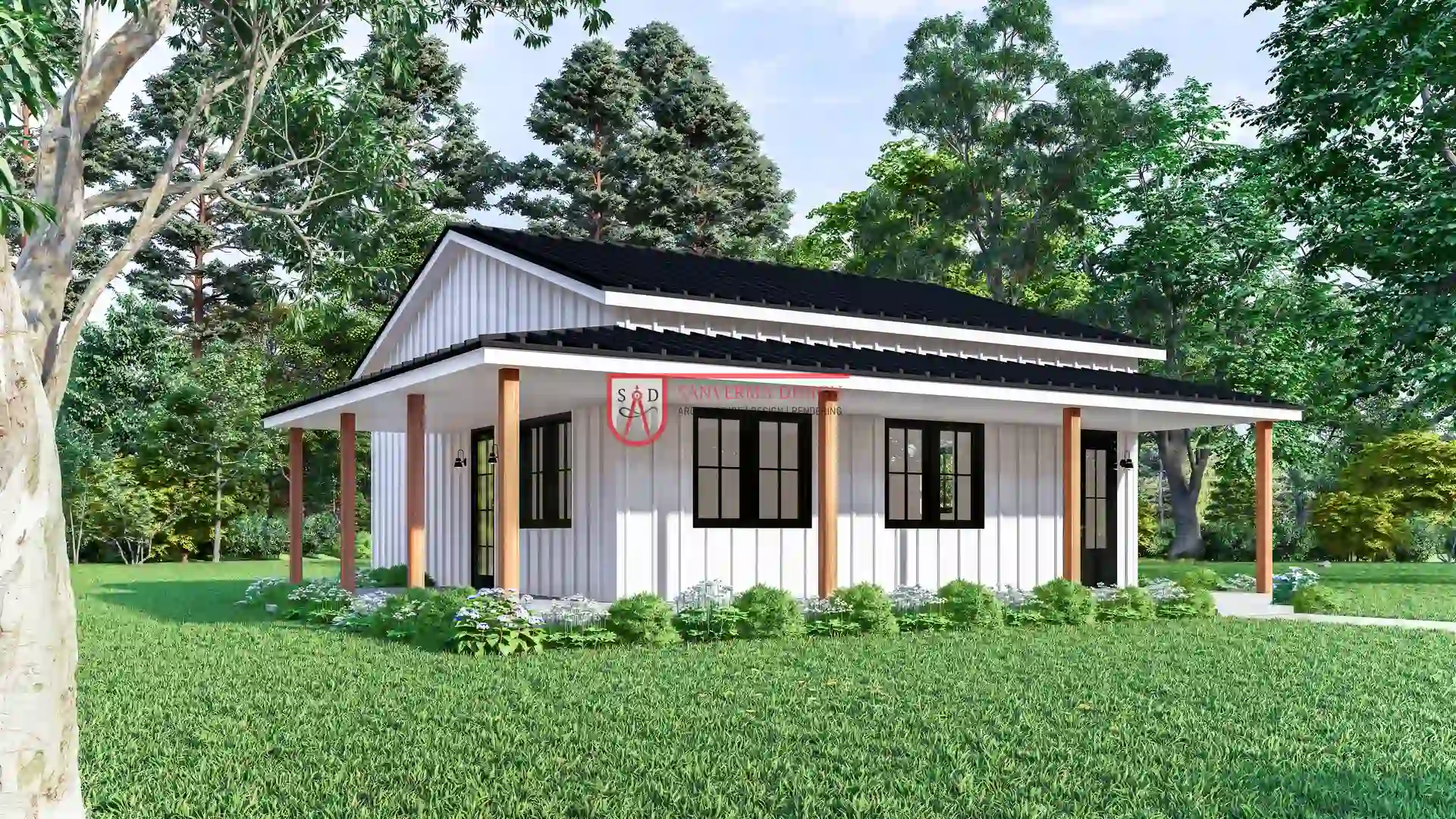 |
 |
| Click here to buy this house plan | Click here to buy this house plan |
Overview of Are Tiny Homes Allowed in Kentucky and Market Trends
The question Are Tiny Homes Allowed in Kentucky has become increasingly popular among those exploring alternative housing options. In this overview, we examine current market trends, community attitudes, and regulatory updates that impact the adoption of tiny homes across the state. With growing interest in sustainable living and affordable housing, many residents and potential homeowners are turning their attention to the benefits of compact, efficiently designed spaces. This trend is particularly evident in urban as well as rural communities where traditional housing costs continue to rise.
Data indicates that the tiny home movement is not just a fleeting trend, but a significant shift in lifestyle and economic priorities. The appeal of Tiny Homes Kentucky is rooted in the desire for simplicity, lower maintenance costs, and the opportunity to live closer to nature while still enjoying modern comforts. Additionally, advances in building technology and design innovation have made it possible for tiny homes to offer high-quality living spaces that are both practical and stylish.
This section also highlights the regulatory landscape that affects the tiny home market. The evolution of zoning laws and building codes has been a critical factor in determining whether tiny homes can be a viable housing option. As public policies adapt to the changing demands of the housing market, there is a growing recognition of the role that Are Tiny Homes Allowed in Kentucky plays in shaping community development. Planners and policymakers are increasingly considering the integration of tiny homes as a solution to housing shortages and economic disparities.
Market experts predict that the demand for Tiny Homes Kentucky will continue to grow as more people seek alternatives to conventional housing. The ongoing dialogue between homeowners, builders, and government officials is fostering an environment where innovation in housing design is encouraged. This dynamic interplay of market forces and regulatory reform is setting the stage for a new era in residential living.
 |
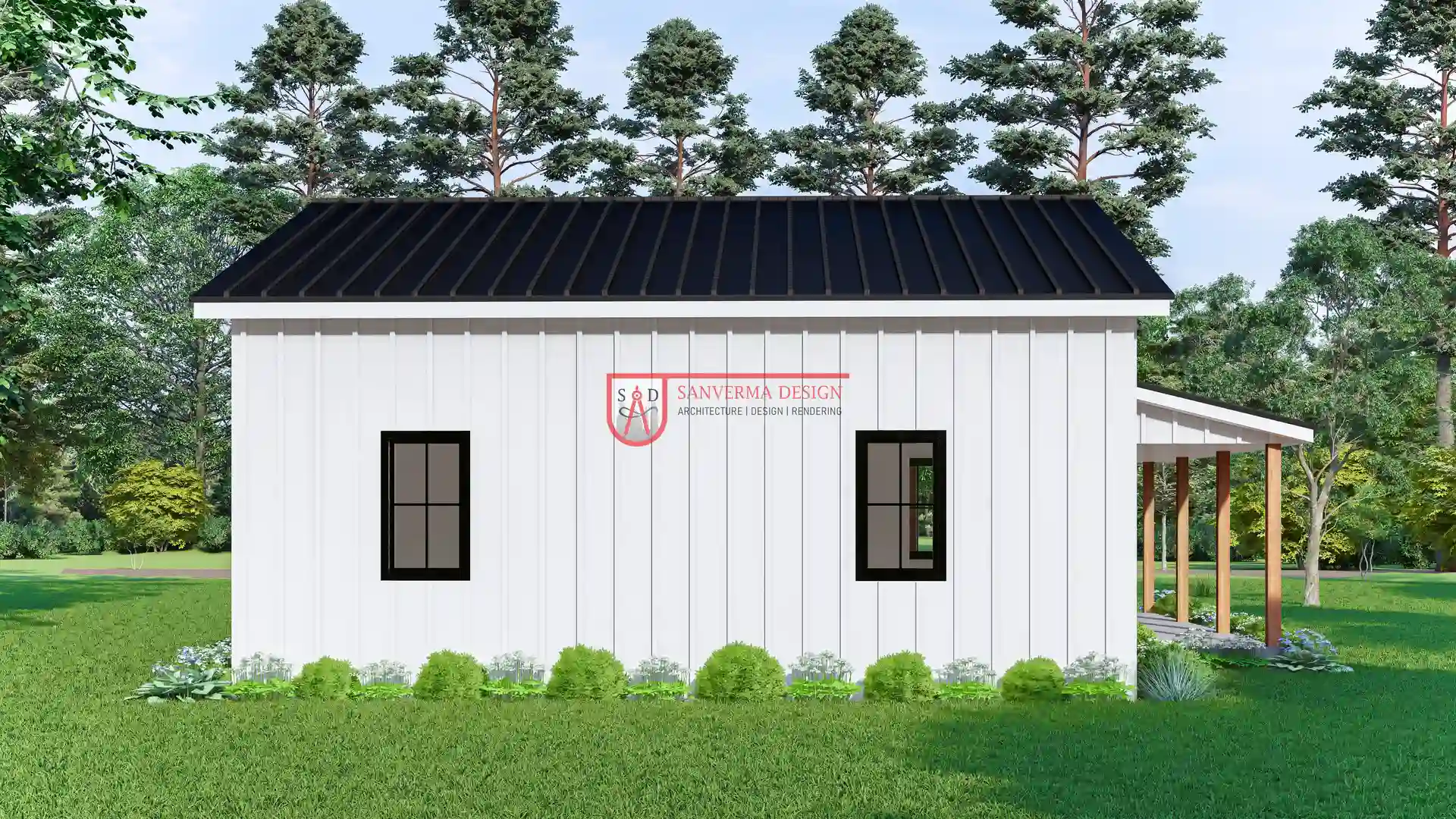 |
| Click here to buy this house plan | Click here to buy this house plan |
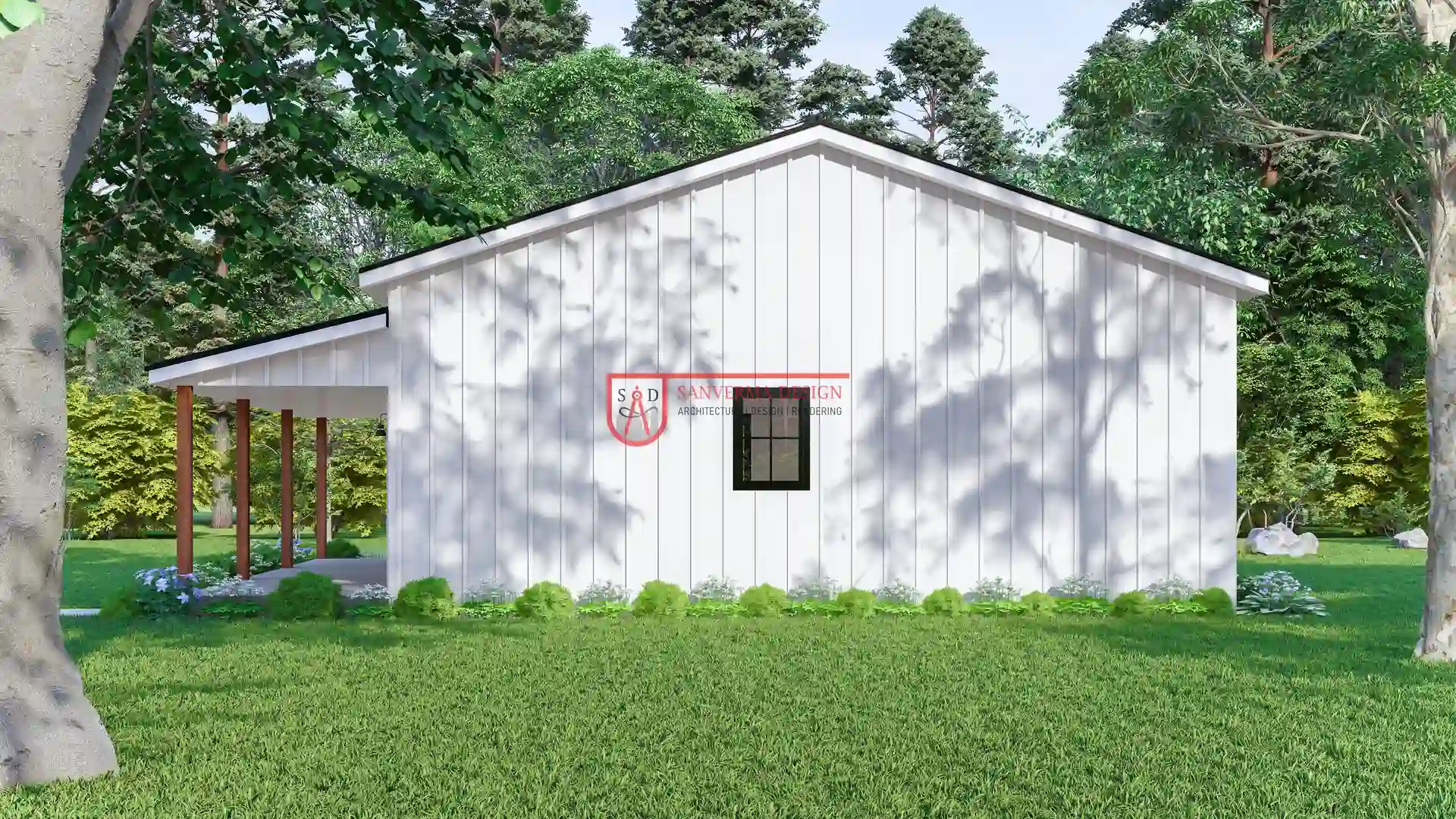 |
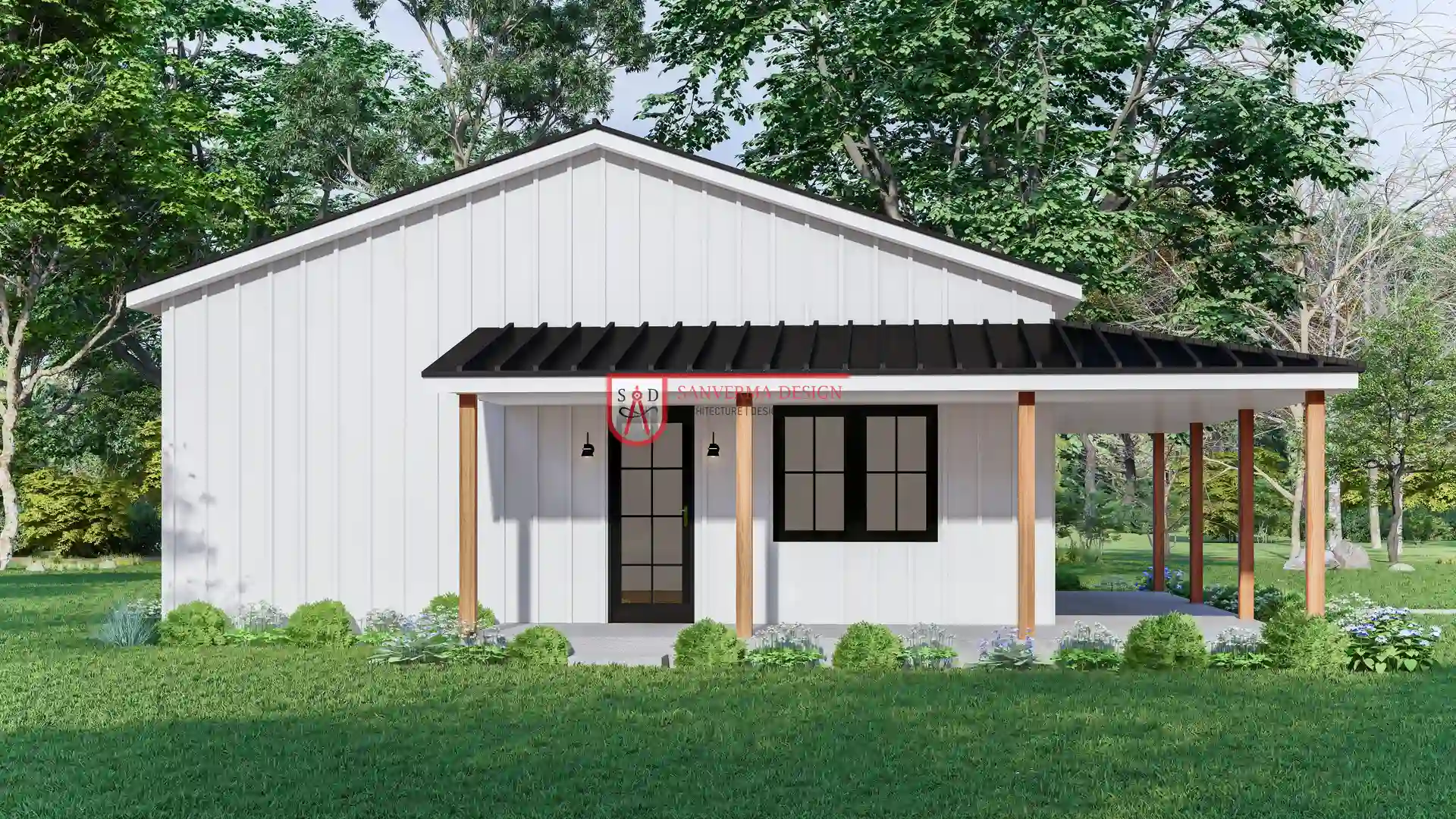 |
| Click here to buy this house plan | Click here to buy this house plan |
Legal Framework for Tiny Homes Kentucky
Understanding Tiny House Laws Kentucky
Navigating the legal landscape is a critical aspect of adopting a tiny home lifestyle. In this section, we focus on Tiny House Laws Kentucky that govern the construction, placement and habitation of tiny homes in the state. Kentucky has seen evolving policies as local governments attempt to balance innovative housing solutions with established zoning and building codes. Understanding these laws is essential for anyone considering a move towards a compact living environment.
Tiny House Laws Kentucky are designed to ensure that all residential structures meet safety and livability standards while also promoting sustainable development. These regulations address key issues such as minimum square footage requirements, foundation standards and utility connections. They also consider how tiny homes integrate into existing communities and landscapes, ensuring that new structures harmonize with local architecture and environmental guidelines.
For many, the appeal of tiny homes lies in their simplicity and cost-effectiveness. However, potential homeowners must navigate a complex legal framework that includes both state and local ordinances. By thoroughly understanding Tiny House Laws Kentucky, builders and buyers can avoid common pitfalls and ensure compliance with all necessary regulations. This knowledge not only facilitates smoother project execution but also contributes to a more informed public debate about the role of tiny homes in addressing housing shortages and promoting environmental sustainability.
The ongoing revisions in Tiny House Laws Kentucky reflect a growing understanding of the need for adaptable housing solutions. Stakeholders including builders, community leaders and policymakers continue to refine these laws to better serve diverse populations.
As discussions evolve, many communities in Kentucky are actively engaging with these legislative changes. The clarity and adaptability of Tiny House Laws Kentucky are expected to improve over time, providing a solid foundation for future developments in the tiny home movement.
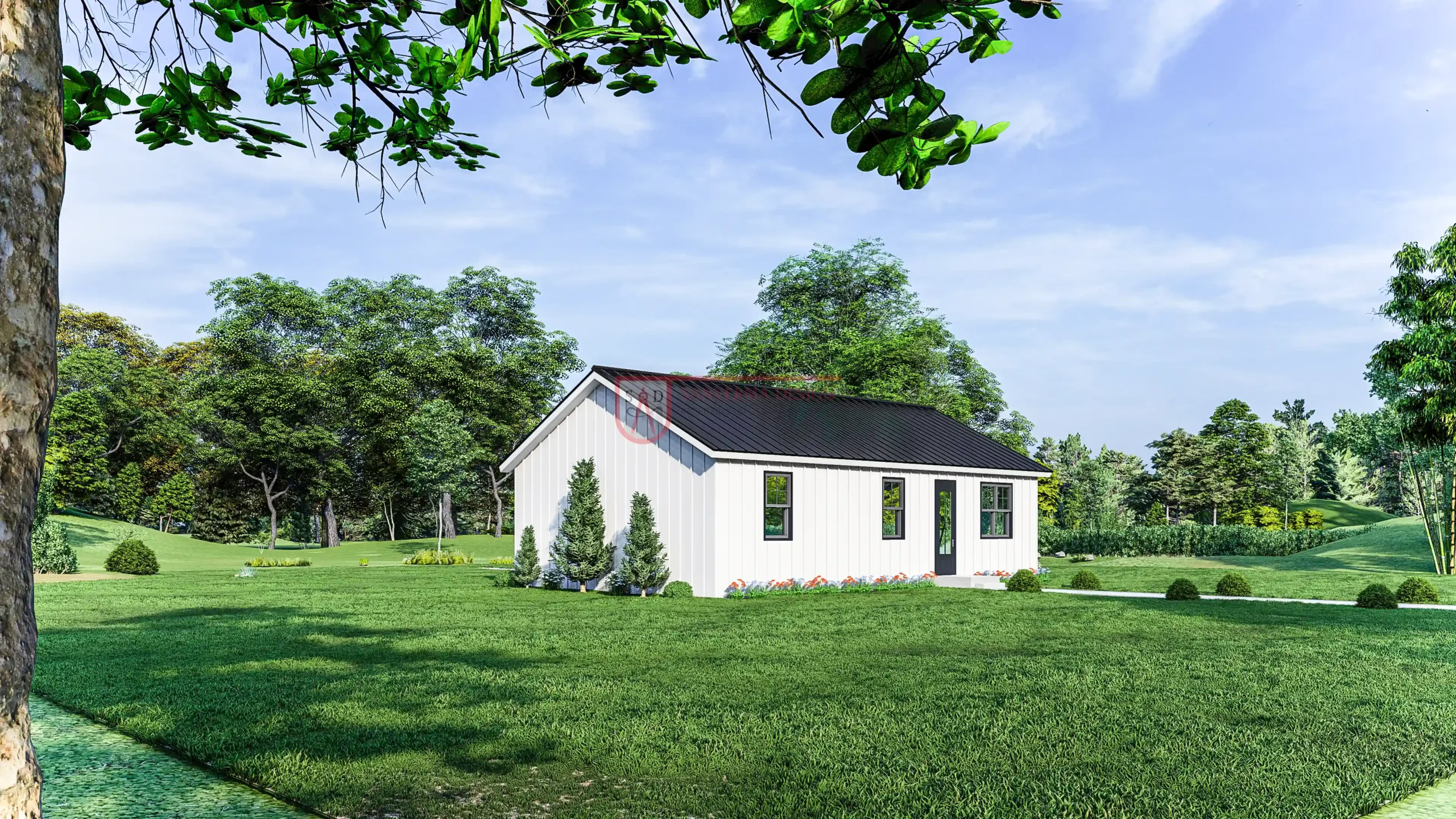 |
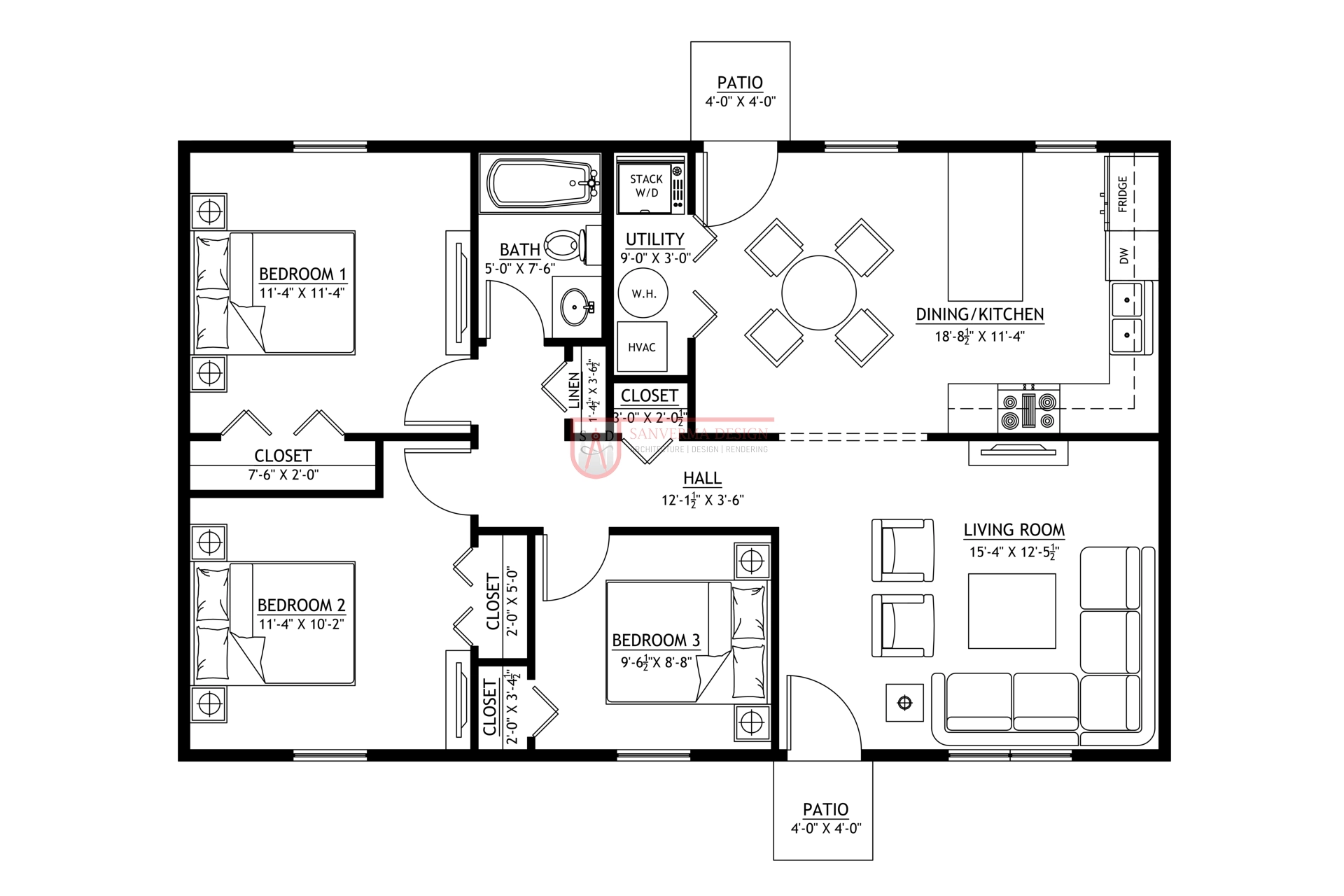 |
| Click here to buy this house plan | Click here to buy this house plan |
Overview of Tiny Home Regulations Kentucky
Complementing the statutory framework of Tiny House Laws Kentucky, the state of Kentucky also enforces specific Tiny Home Regulations Kentucky that address construction standards, safety measures and occupancy guidelines for tiny homes. These regulations serve to ensure that tiny homes provide adequate living conditions while maintaining compatibility with community standards. Builders and homeowners must be aware of these requirements to successfully navigate the permitting process.
Tiny Home Regulations Kentucky cover a range of issues from structural integrity to energy efficiency. Regulations often include guidelines on minimum square footage, emergency exits, insulation standards and utility installations. Adherence to these standards not only protects residents but also helps maintain property values and community aesthetics. It is vital for anyone interested in Tiny Homes Kentucky to stay updated on these evolving regulations.
The regulatory framework is shaped by ongoing debates among lawmakers, builders and residents. As the popularity of tiny homes grows, there is a concerted effort to revise and adapt Tiny Home Regulations Kentucky to reflect modern building practices and environmental considerations. This adaptive approach aims to support innovation while ensuring that all homes meet fundamental safety and comfort criteria.
Additional commentary from industry experts emphasizes the importance of adhering to Tiny Home Regulations Kentucky to foster safe and efficient living environments. Recent revisions have simplified some of the compliance processes, making it easier for new builders to enter the market. As more homeowners consider transitioning to Tiny Homes Kentucky, staying informed about these regulations becomes a crucial part of planning and construction.
Furthermore, local authorities are increasingly collaborating with community organizations to refine Tiny Home Regulations Kentucky. This cooperation ensures that the standards remain practical and up-to-date, reflecting the unique needs of those pursuing a tiny home lifestyle.
Overall, Tiny Home Regulations Kentucky are designed with flexibility and safety in mind.
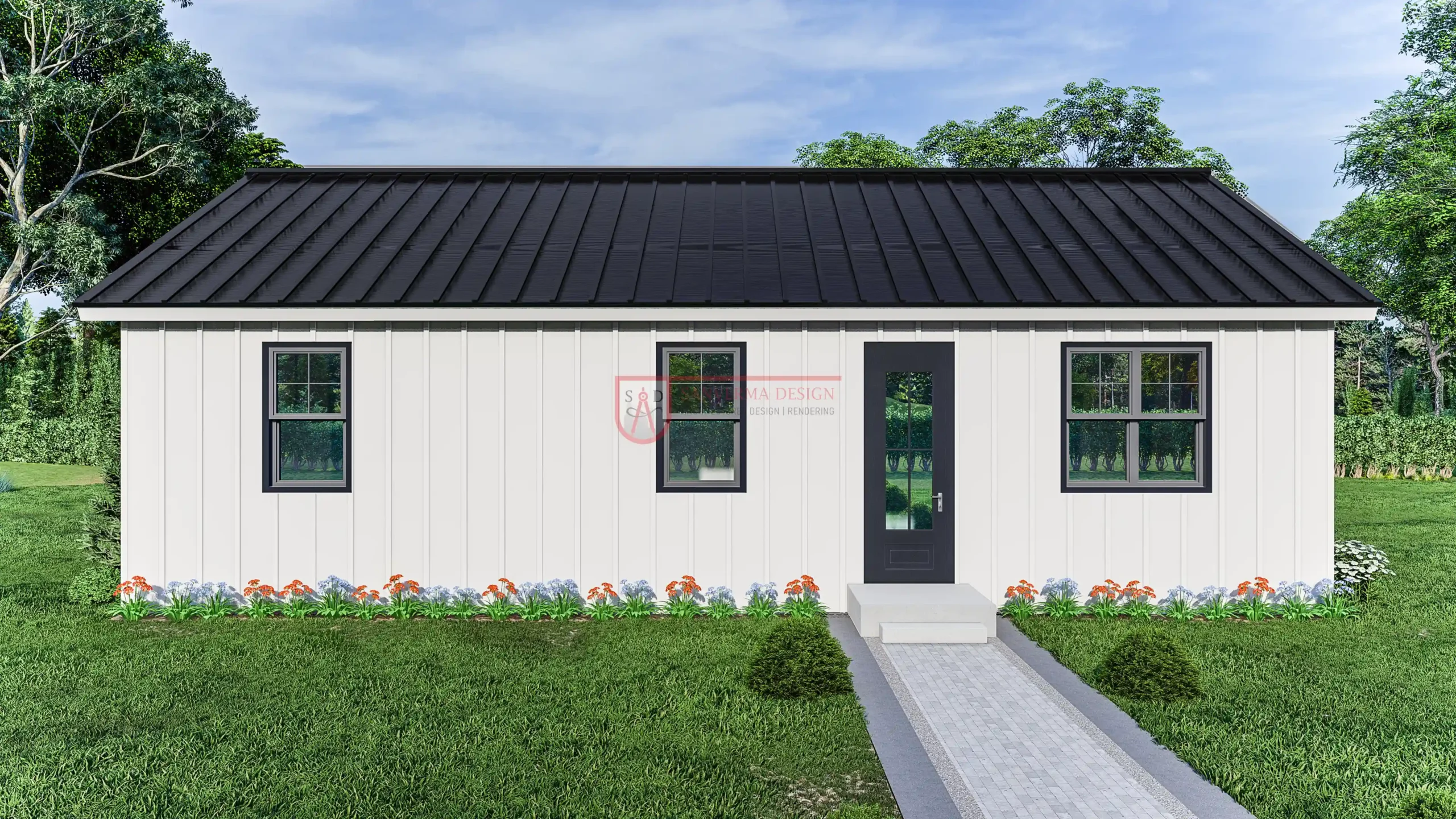 |
 |
| Click here to buy this house plan | Click here to buy this house plan |
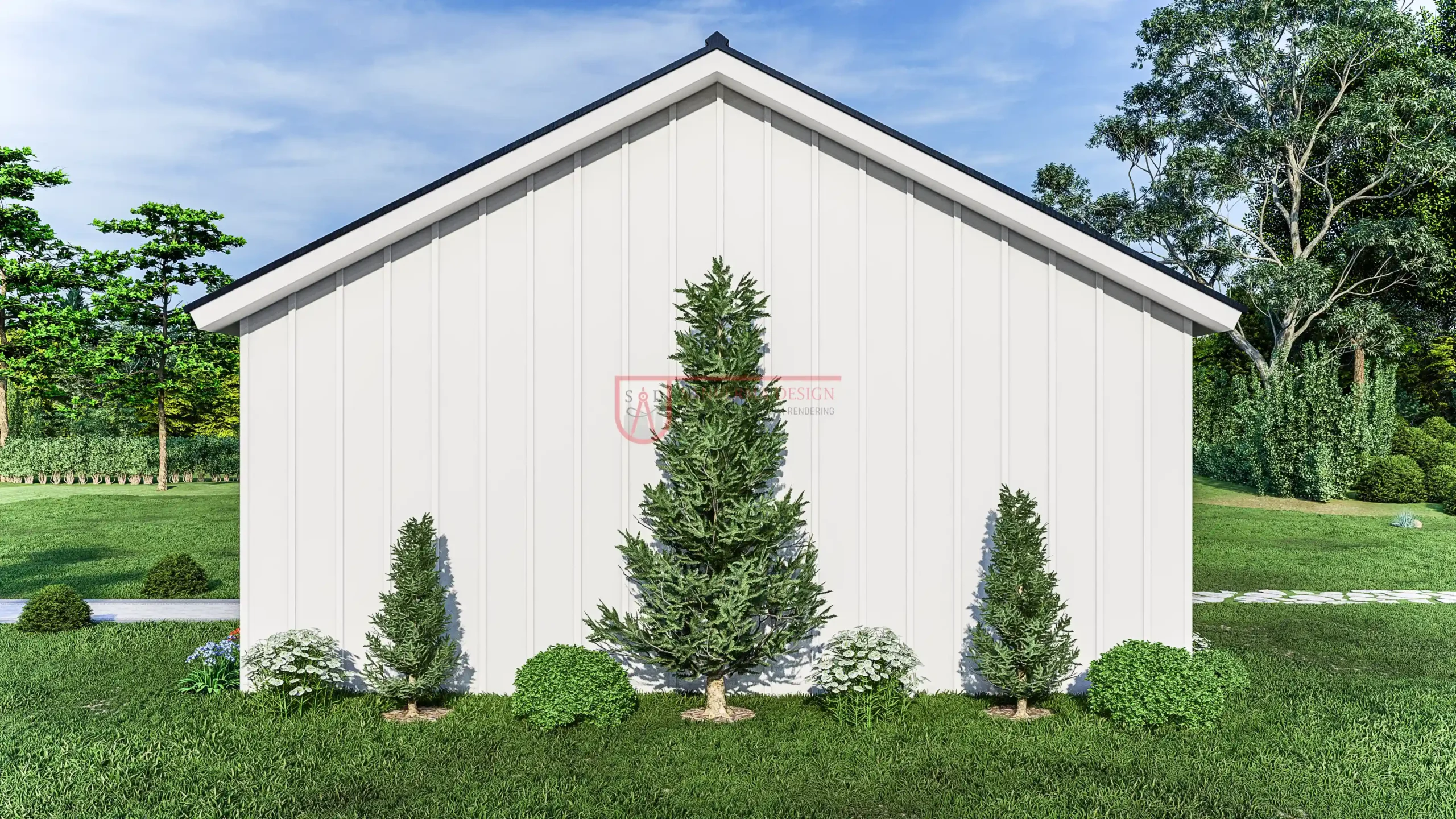 |
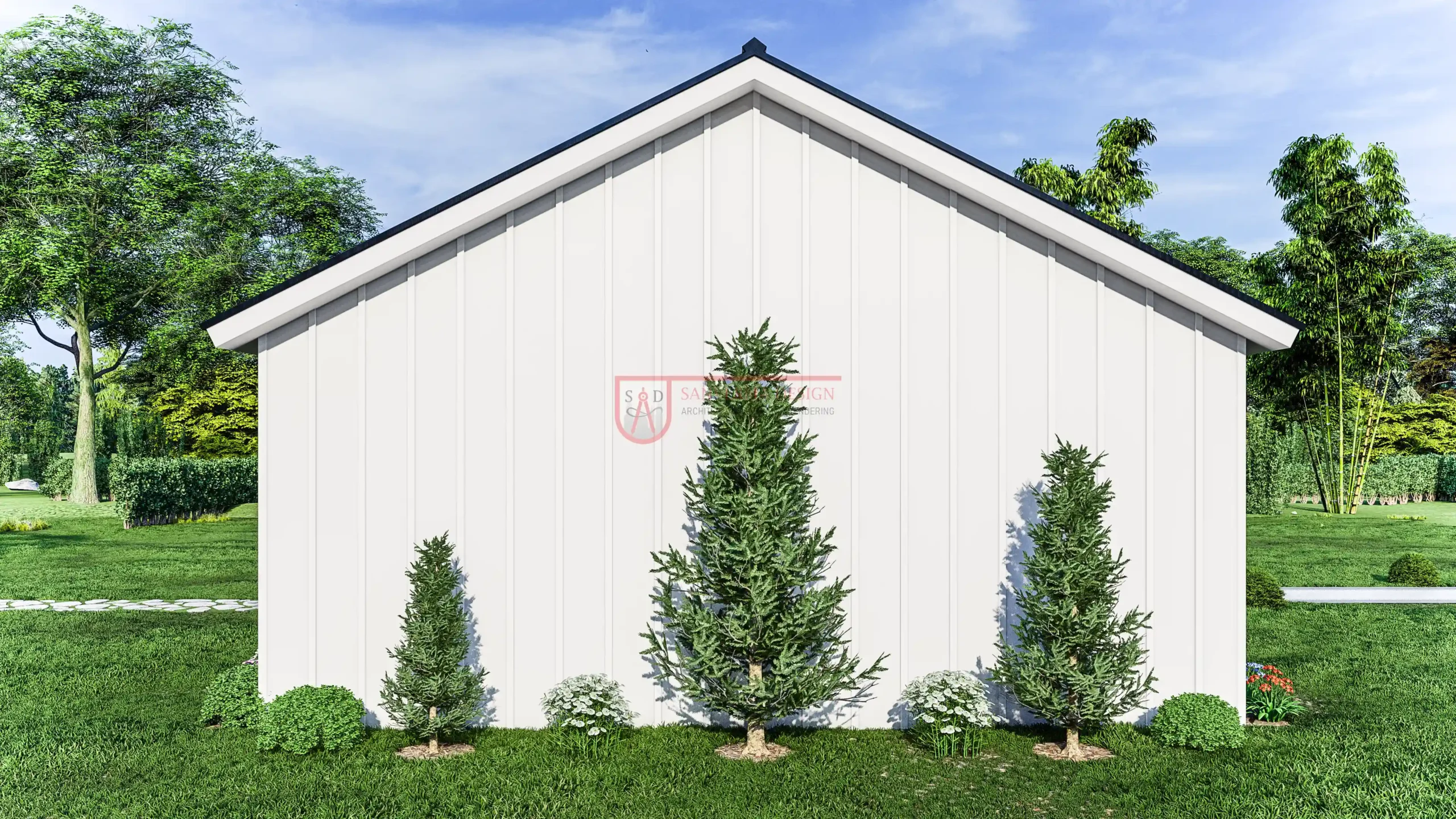 |
| Click here to buy this house plan | Click here to buy this house plan |
Local Zoning Considerations and Kentucky Tiny House Zoning
Zoning regulations are a pivotal element in determining the feasibility of establishing a tiny home. In Kentucky, local zoning laws play a significant role in defining where tiny homes can be placed. The concept of Kentucky Tiny House Zoning involves guidelines that dictate the permissible locations, setbacks and other restrictions that affect tiny home installations. These local rules are designed to preserve the character of neighborhoods while allowing for innovative housing solutions.
Communities across the state are witnessing a gradual shift in attitudes toward tiny homes. With rising housing costs and a growing interest in sustainable living, more local governments are reconsidering traditional zoning restrictions. In many areas, Kentucky Tiny House Zoning is being updated to accommodate the unique dimensions and requirements of tiny homes. This evolving regulatory landscape is making it increasingly possible for individuals to build and live in Tiny Homes Kentucky.
Local zoning considerations also encompass environmental factors and infrastructural capabilities. Issues such as water access, waste management and proximity to essential services are integral to the planning process. By adhering to Kentucky Tiny House Zoning, builders can ensure that tiny homes not only comply with legal standards but also contribute positively to the community’s overall quality of life.
Moreover, public consultations and community planning sessions are becoming common in many Kentucky counties. These forums allow residents to voice their opinions and contribute to the development of fair and balanced zoning policies. As discussions around Kentucky Tiny House Zoning continue, stakeholders are encouraged to consider both the benefits and potential challenges of integrating tiny homes into existing urban and rural landscapes.
In conclusion, local zoning laws are a crucial factor in the tiny home movement. Understanding Kentucky Tiny House Zoning and its implications can empower prospective homeowners to navigate the permitting process more effectively and advocate for more inclusive policies. Through collaborative efforts, communities are working toward creating a regulatory environment that supports innovation and addresses the evolving needs of modern residents.
The intricacies of Kentucky Tiny House Zoning require a nuanced understanding of both municipal and county regulations. In some regions, zoning boards have instituted pilot programs to test more flexible approaches to tiny home placement. These initiatives aim to reduce bureaucratic hurdles while maintaining community standards and safety protocols. Residents are encouraged to participate in local meetings and share their experiences to help shape future zoning policies that are more accommodating to tiny home projects.
Overall, understanding and adapting to Kentucky Tiny House Zoning is essential for success in the tiny home market. Engaging with local officials and staying informed about zoning changes can make a significant difference in your tiny home journey.
These proactive steps ensure long-term viability and growth in this housing sector.
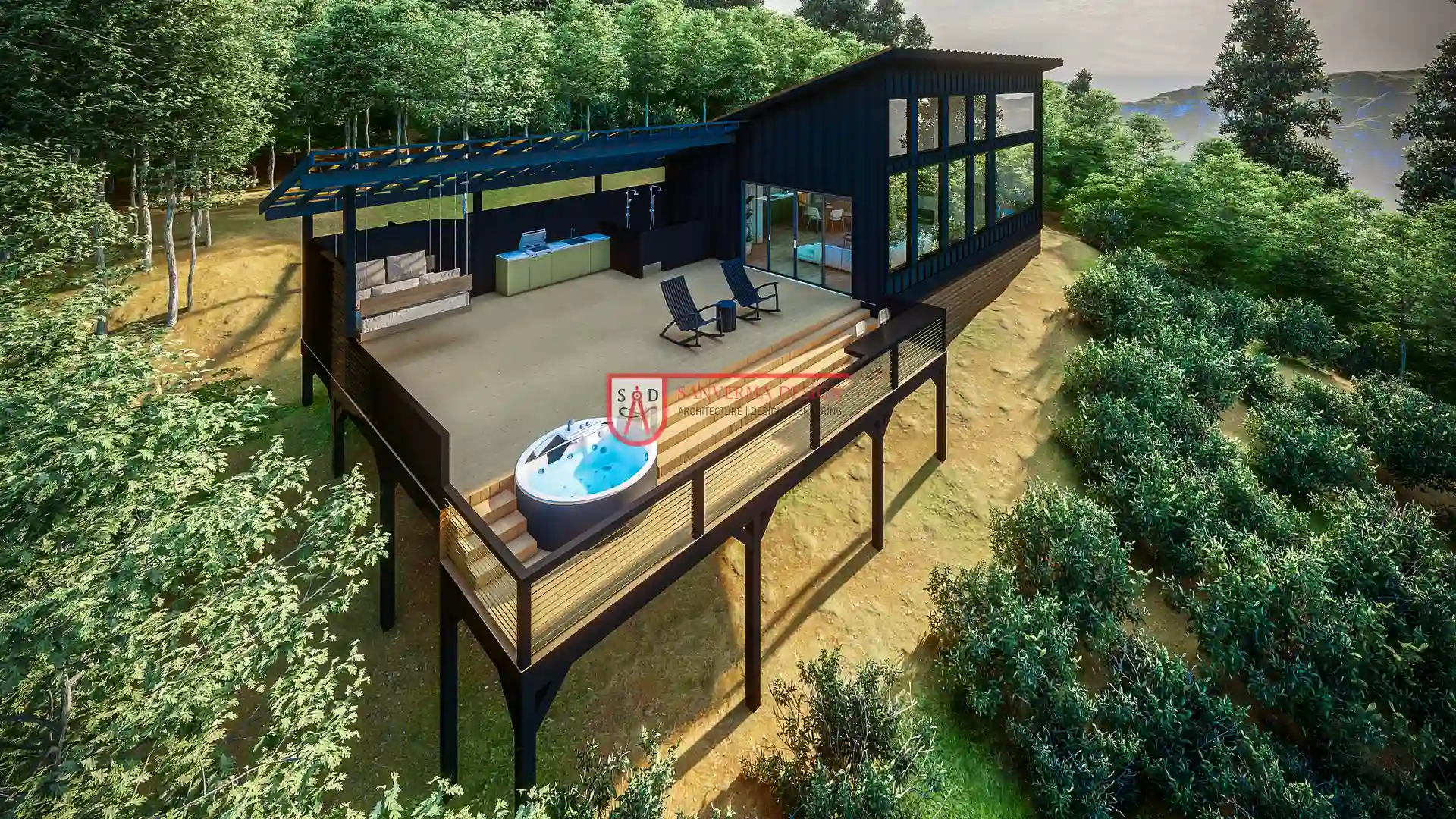 |
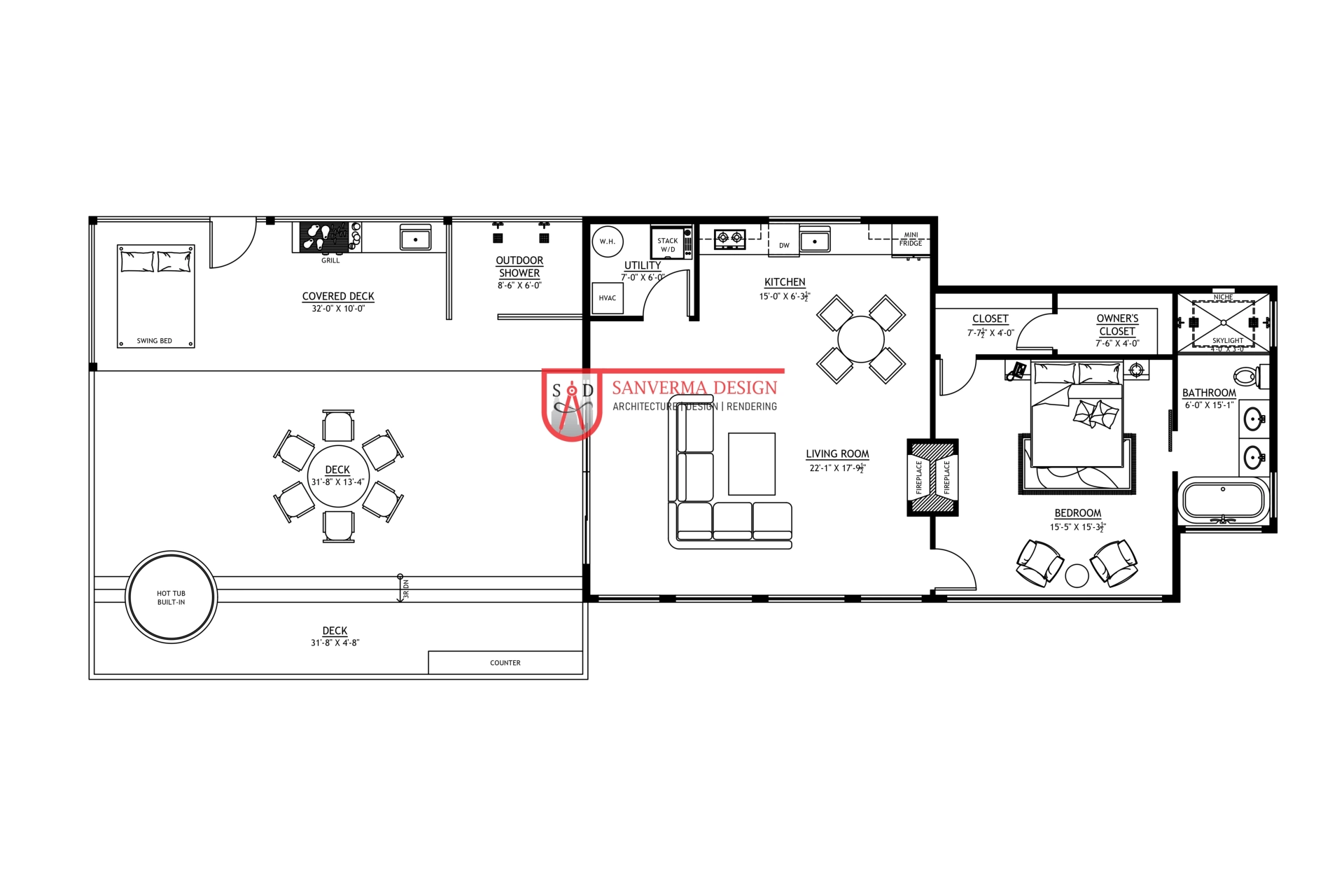 |
| Click here to buy this house plan | Click here to buy this house plan |
Design and Construction Considerations
Designing and building a tiny home requires careful planning and attention to detail. Many prospective owners of Tiny Homes Kentucky seek guidance on the best practices for optimizing limited space without sacrificing comfort or style. In this section, we explore various design principles, construction techniques and innovative materials that are shaping the future of tiny home development. From foundation choices to energy-efficient features, every decision can have a significant impact on the overall functionality of the space.
Architects and builders emphasize the importance of versatility in tiny home design. With creative storage solutions and multi-functional spaces, Tiny Homes Kentucky can be transformed to meet a variety of lifestyle needs. It is essential to consider not only the aesthetic appeal of a tiny home but also its practical aspects such as insulation, ventilation and natural lighting. Incorporating modern technologies can enhance the living experience, making tiny homes a viable alternative to traditional houses.
Furthermore, understanding local building codes and safety standards is crucial during the construction phase. While design innovation is encouraged, adherence to regulations ensures that the structure is safe, durable and legally compliant. Prospective builders should consult with experts and refer to established guidelines to successfully implement their design ideas. This balanced approach to design and construction helps in creating a home that is both beautiful and functional.
As the trend of Tiny Homes Kentucky continues to rise, the design and construction community is increasingly dedicated to refining methods that maximize space and efficiency. Customization options are abundant, allowing each tiny home to reflect the unique personality and needs of its owner. Whether opting for a minimalist aesthetic or a more eclectic style, the key is to create a harmonious living environment that feels spacious and inviting.
In planning the design, it is advisable to work closely with experienced architects and contractors who specialize in compact living solutions. This collaboration ensures that every inch of space is utilized effectively while meeting all building codes and safety requirements. Many successful projects have demonstrated that careful design can overcome the challenges of limited square footage, creating a comfortable and stylish living environment. Attention to detail in areas such as custom cabinetry, convertible furniture and efficient storage systems can transform a small space into a highly functional home.
Ultimately, successful design and construction in the realm of Tiny Homes Kentucky significantly depends on creativity, precision and a deep understanding of spatial dynamics.
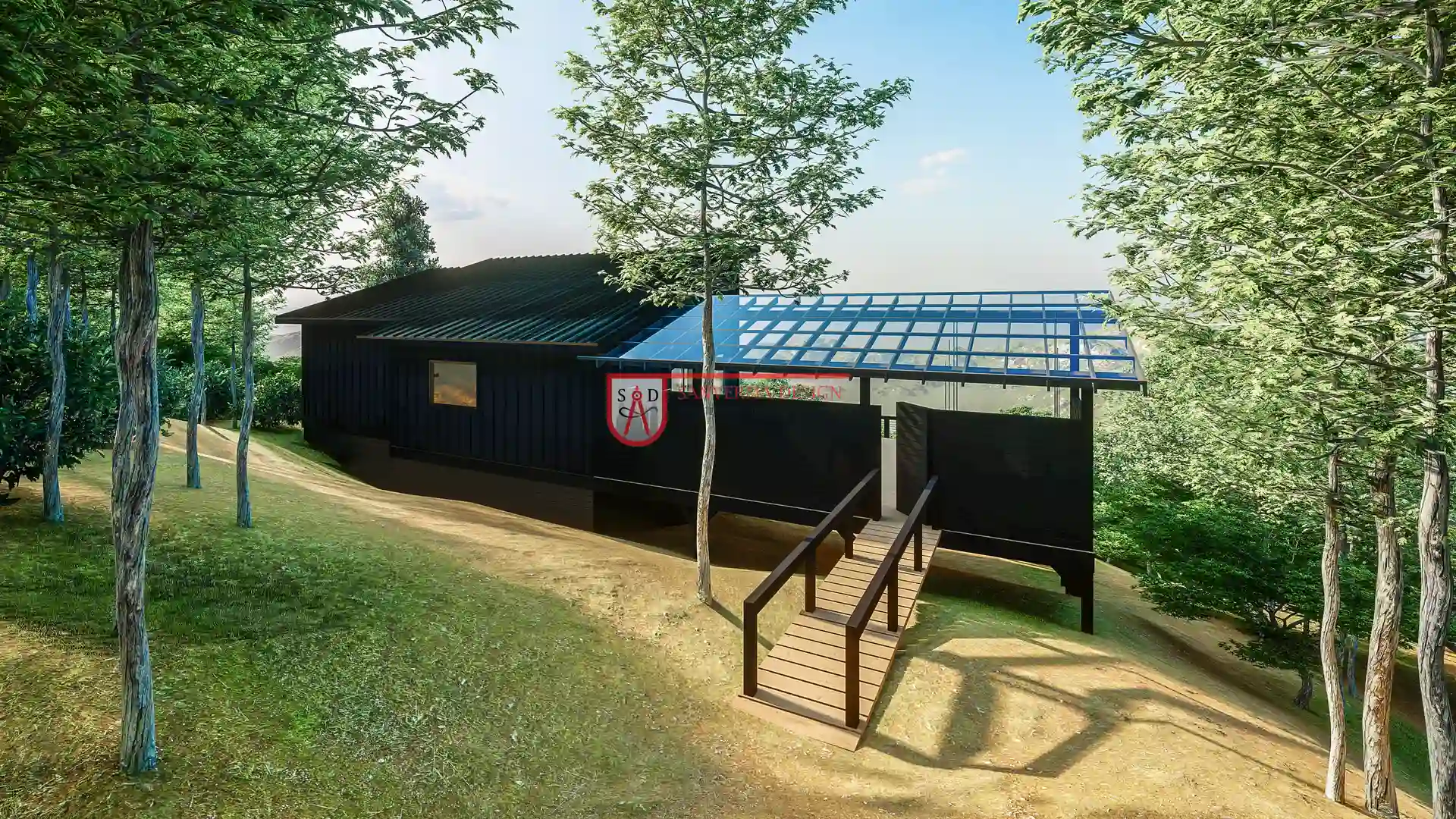 |
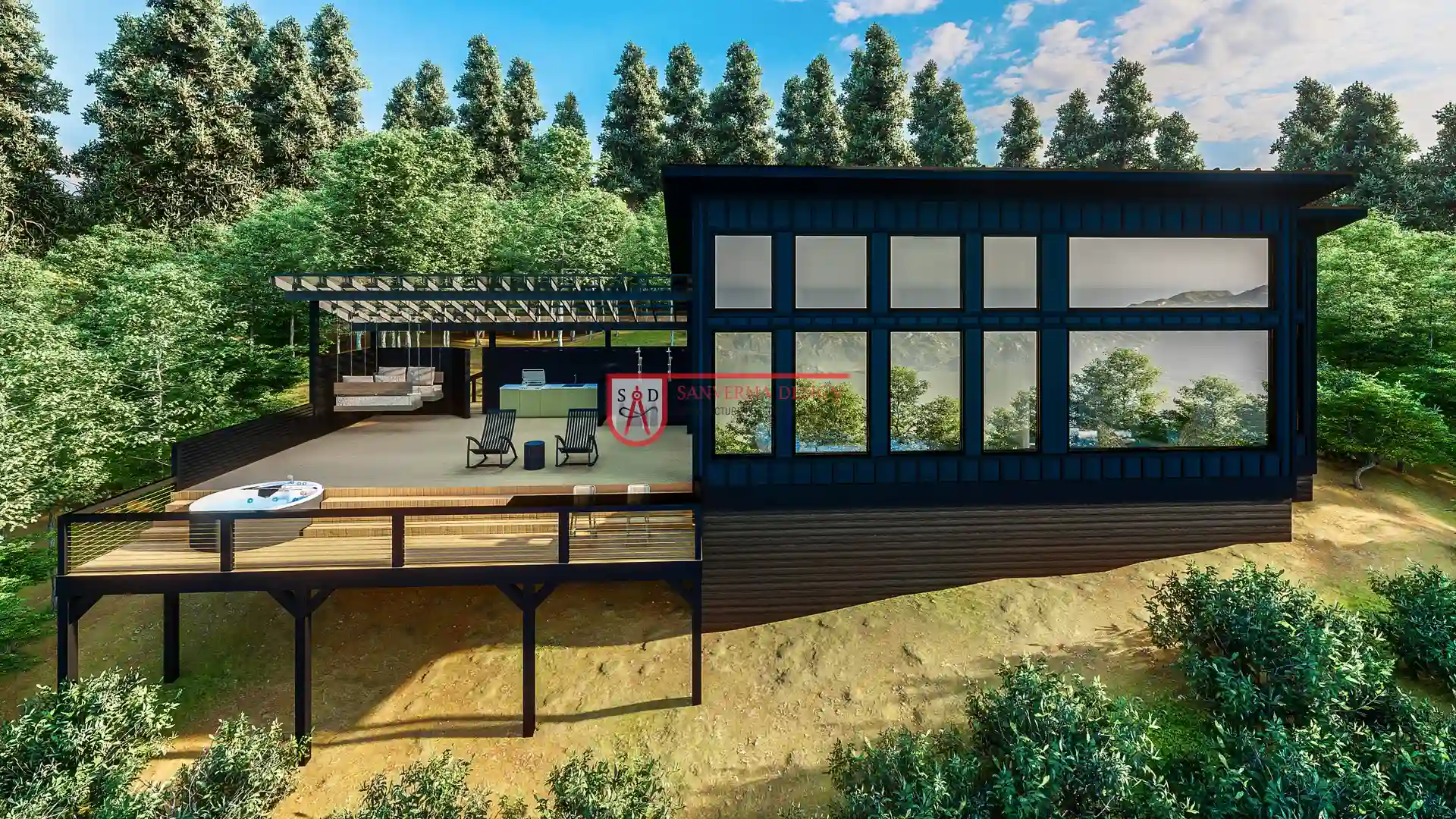 |
| Click here to buy this house plan | Click here to buy this house plan |
 |
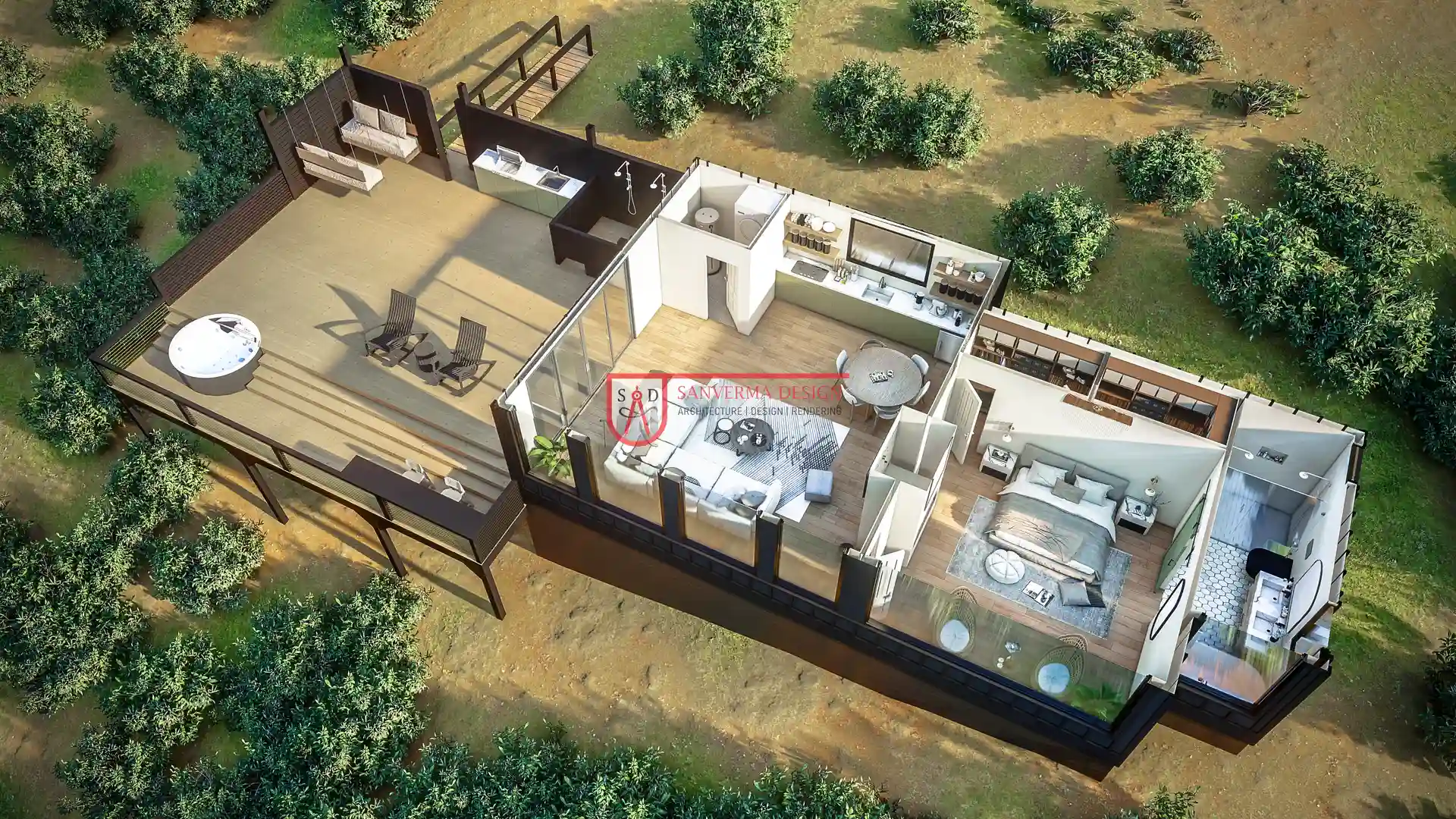 |
| Click here to buy this house plan | Click here to buy this house plan |
Benefits and Challenges of Tiny Homes Kentucky
The movement towards Tiny Homes Kentucky is driven by a variety of benefits that appeal to a broad spectrum of homeowners. One of the primary advantages is the significant reduction in living costs. Tiny homes require less material for construction, consume less energy and demand lower maintenance expenses compared to traditional houses. Moreover, the minimalist lifestyle associated with tiny homes promotes financial freedom and reduces environmental impact.
Another benefit of Tiny Homes Kentucky is the opportunity for customization and creative expression. Homeowners can design their living spaces to perfectly suit their needs and tastes. This flexibility allows for innovative use of space, where every square foot is optimized for functionality. Additionally, many tiny home enthusiasts appreciate the simplicity and reduced clutter that comes with living in a smaller space, leading to a more organized and stress-free lifestyle.
However, the journey toward owning Tiny Homes Kentucky is not without its challenges. One major obstacle is navigating the complex legal and regulatory environment. As discussed earlier, understanding both Tiny House Laws Kentucky and Tiny Home Regulations Kentucky is crucial, yet these can sometimes present barriers to development. Zoning restrictions and local ordinances can further complicate the process, making it essential for potential homeowners to thoroughly research the rules in their desired area.
Another challenge faced by Tiny Homes Kentucky owners is the issue of space management. Living in a tiny home requires a significant adjustment in lifestyle and personal habits. Limited space can lead to compromises in comfort, and finding adequate storage solutions becomes a top priority. Despite these challenges, many individuals find that the benefits outweigh the drawbacks, especially when considering long-term savings and the positive environmental impact.
Furthermore, the community aspect of tiny home living can be both a benefit and a challenge. While many tiny home owners enjoy a close-knit community and shared resources among like-minded individuals, others may struggle with feelings of isolation due to the unconventional nature of the lifestyle. Building and maintaining a vibrant community is essential for overcoming the social challenges associated with tiny living in compact spaces.
Financial benefits, such as lower utility bills and reduced property taxes, make Tiny Homes Kentucky an attractive option for many. Additionally, the reduced environmental footprint associated with tiny living contributes to a sustainable future, which is increasingly important in today’s society. Homeowners report a higher quality of life and a greater sense of freedom when they choose tiny homes. On the flip side, challenges such as limited resale value and potential financing hurdles remain. Nevertheless, innovative financing solutions and a growing acceptance among lenders are beginning to address these concerns.
It is clear that while Tiny Homes Kentucky offer numerous benefits, prospective buyers must weigh these against the inherent challenges. Thorough research, careful financial planning and an openness to innovative solutions can help overcome obstacles. The balanced approach to tiny home living ultimately creates opportunities for a fulfilling, sustainable lifestyle.
Overall, the rewarding journey with Tiny Homes Kentucky is undoubtedly one of transformative growth, innovation, and practical resilience.
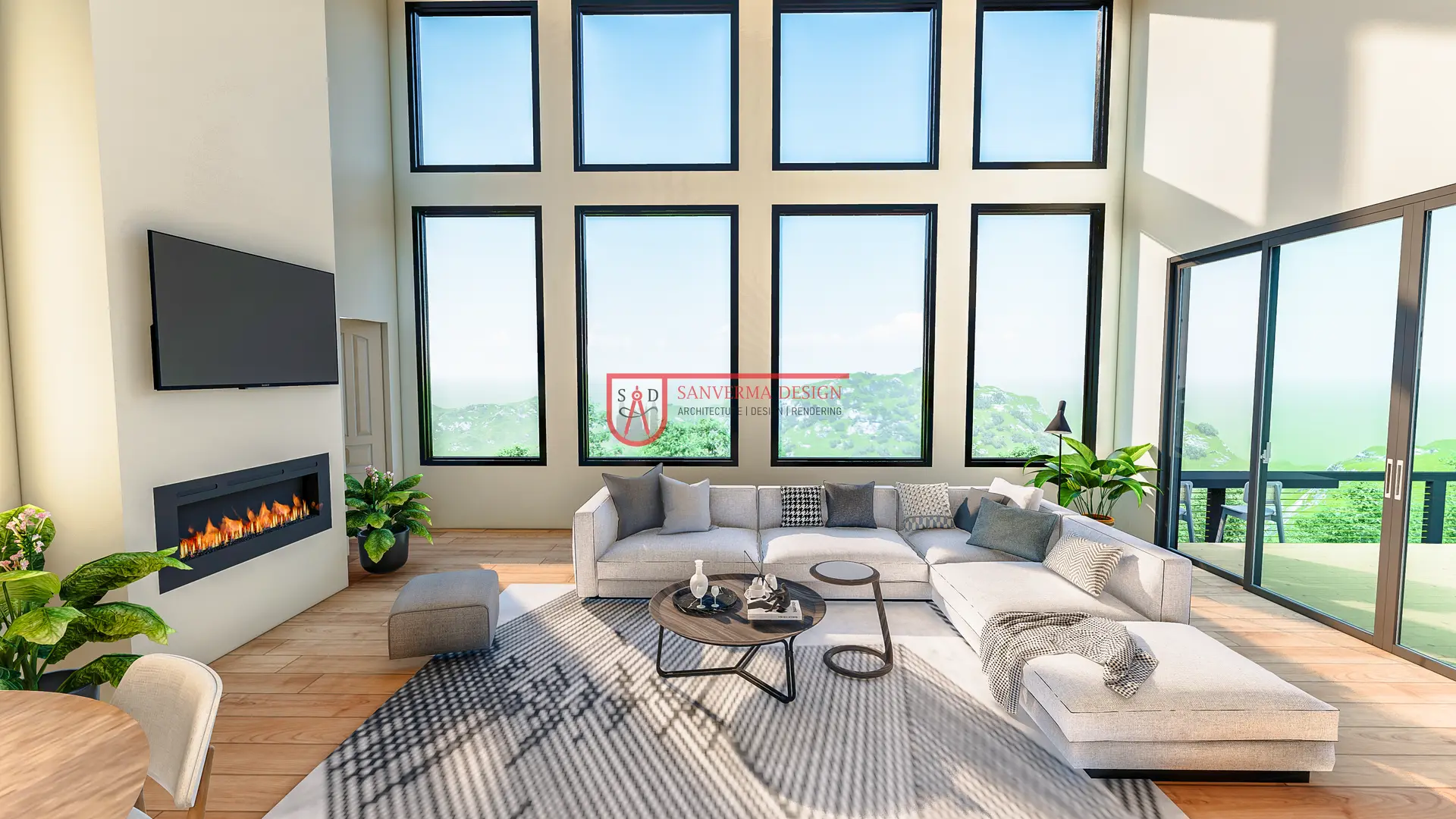 |
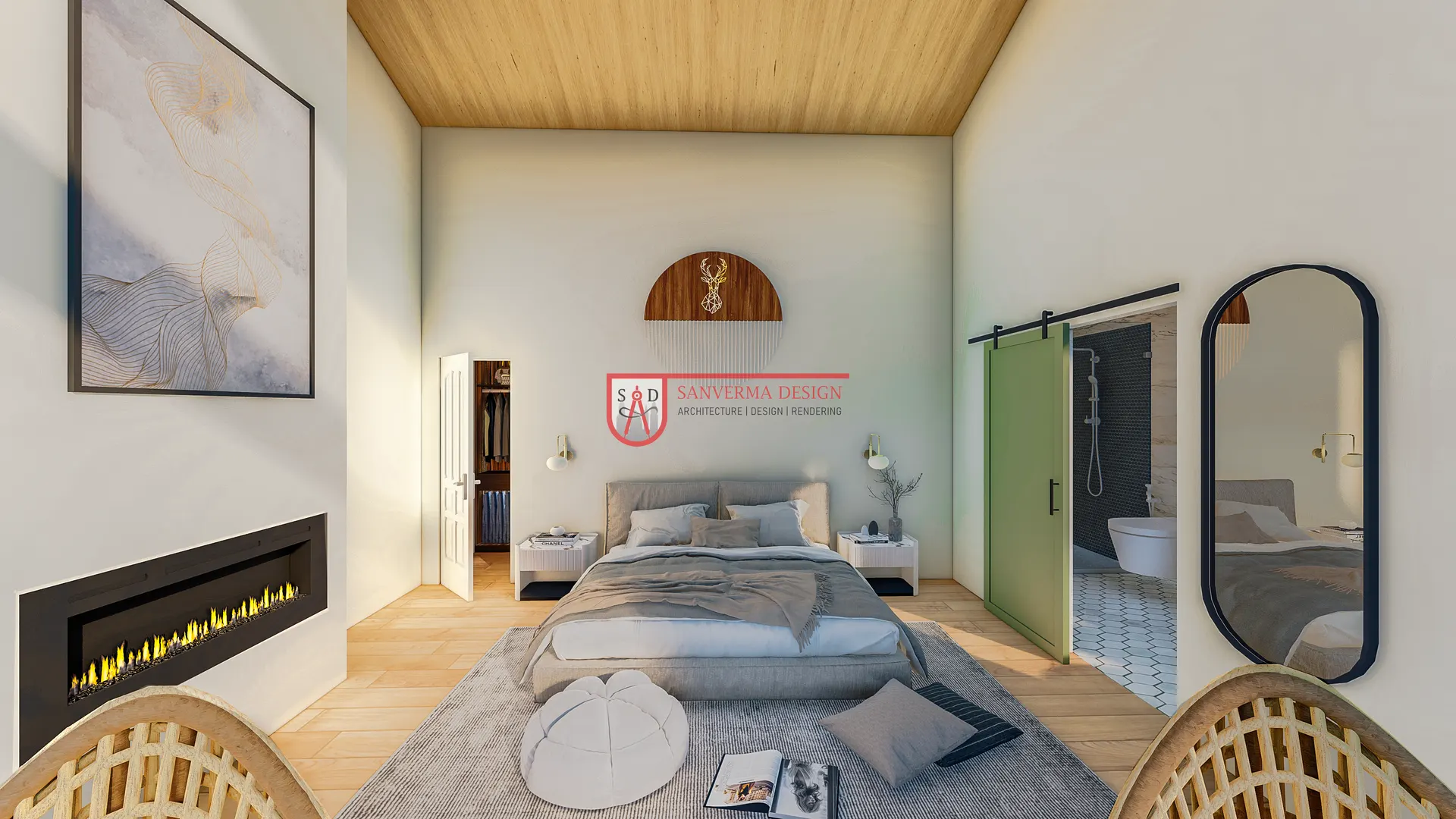 |
| Click here to buy this house plan | Click here to buy this house plan |
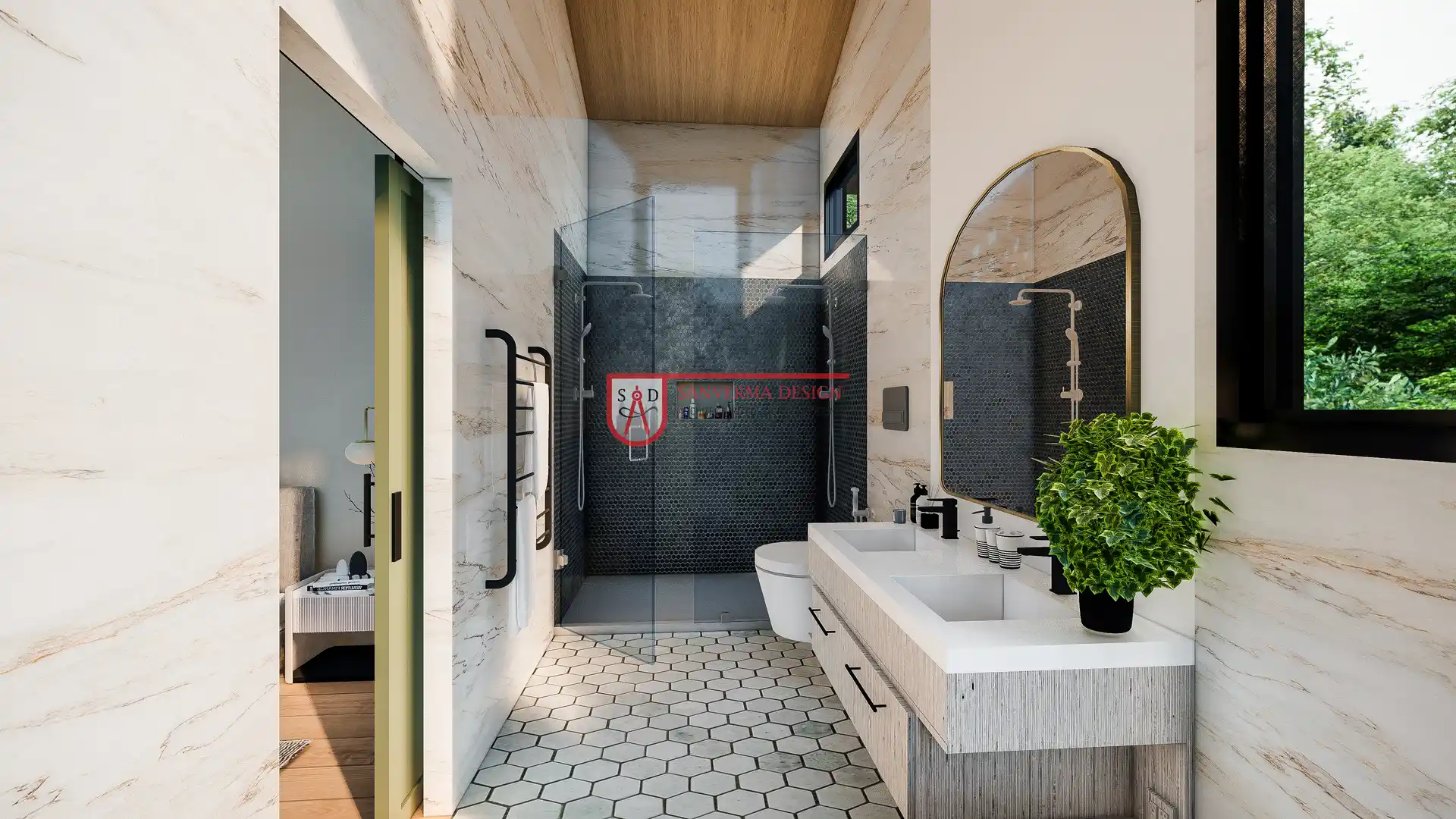 |
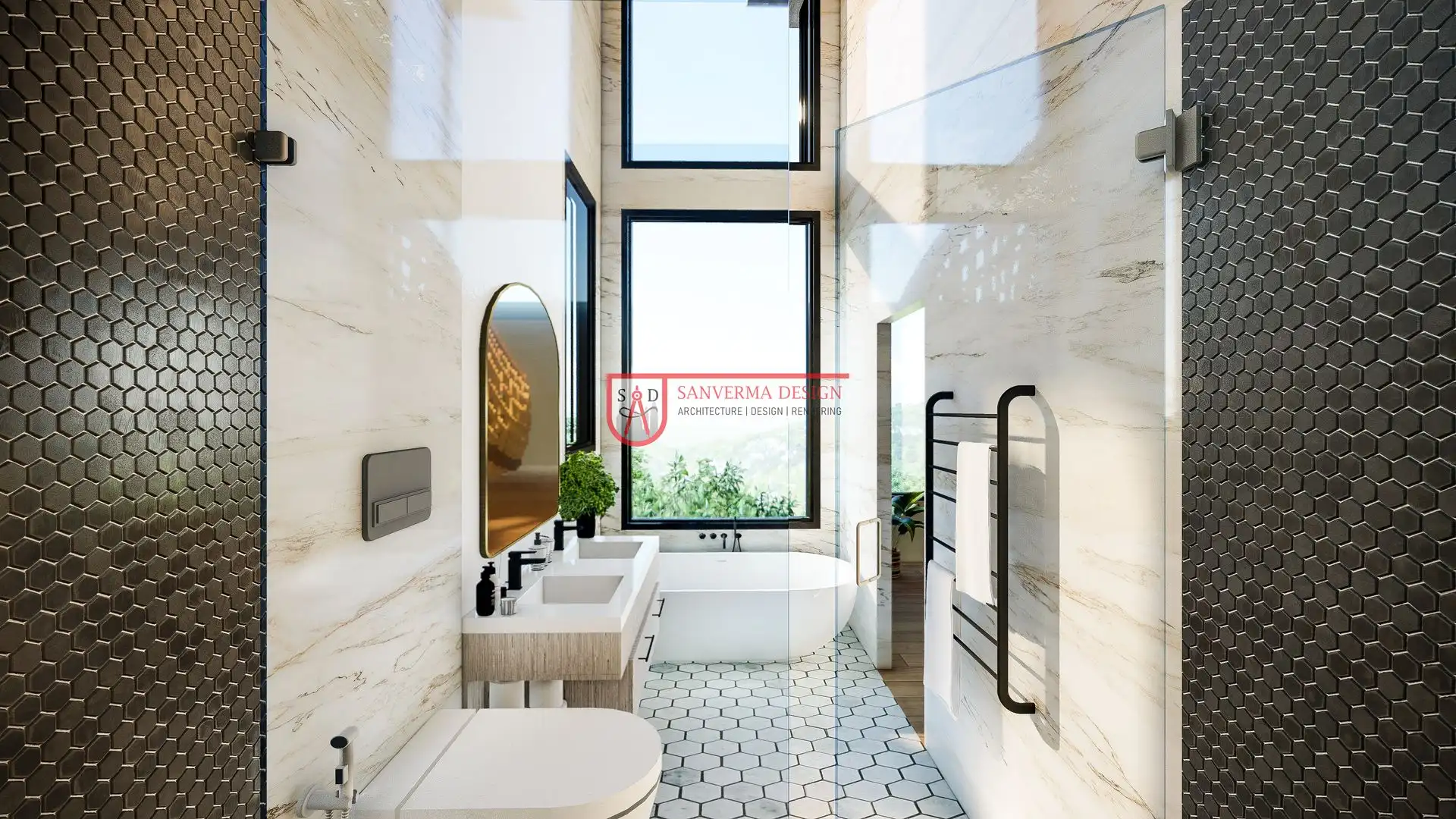 |
| Click here to buy this house plan | Click here to buy this house plan |
Case Studies and Success Stories
Across Kentucky, numerous case studies illustrate the successful implementation of tiny home projects. These stories showcase how innovative design and careful planning have enabled homeowners to overcome regulatory and spatial challenges. In many instances, individuals have transformed unconventional spaces into fully functional residences, drawing inspiration from the broader Tiny Homes Kentucky movement.
One compelling example is a small community that embraced tiny homes as a solution to urban density. Local authorities worked closely with residents to modify Kentucky Tiny House Zoning regulations, allowing for the integration of tiny home developments into existing neighborhoods. This collaborative effort not only improved housing affordability but also fostered a sense of community and shared purpose.
Another success story comes from a rural county where traditional housing options were limited. A group of entrepreneurs leveraged Tiny Homes Kentucky design principles to create a cluster of energy-efficient, stylish tiny homes that revitalized the local economy. Their project attracted attention from both state regulators and potential buyers, setting a precedent for future developments.
These case studies demonstrate that with determination, innovation and community engagement, the challenges associated with tiny home living can be effectively addressed. They serve as a powerful testament to the potential of Tiny Homes Kentucky to transform lives and communities.
Additional success stories highlight diverse applications of tiny home living. In one urban setting, a former warehouse was converted into a vibrant tiny home community that not only provided affordable housing but also created shared workspaces and community gardens. In another instance, a retired couple built a custom tiny home that integrated smart technology and eco-friendly materials, significantly reducing their carbon footprint while maintaining a high standard of comfort. These examples underscore the versatility and potential of Tiny Homes Kentucky in meeting modern housing needs.
Overall, these case studies provide inspiration and practical insights for anyone considering the tiny home lifestyle. They highlight how creative design, community support and a favorable regulatory environment can converge to create successful projects that benefit both individuals and the community.
These inspiring narratives confirm the transformative power of Tiny Homes Kentucky and pave the way for future innovations.
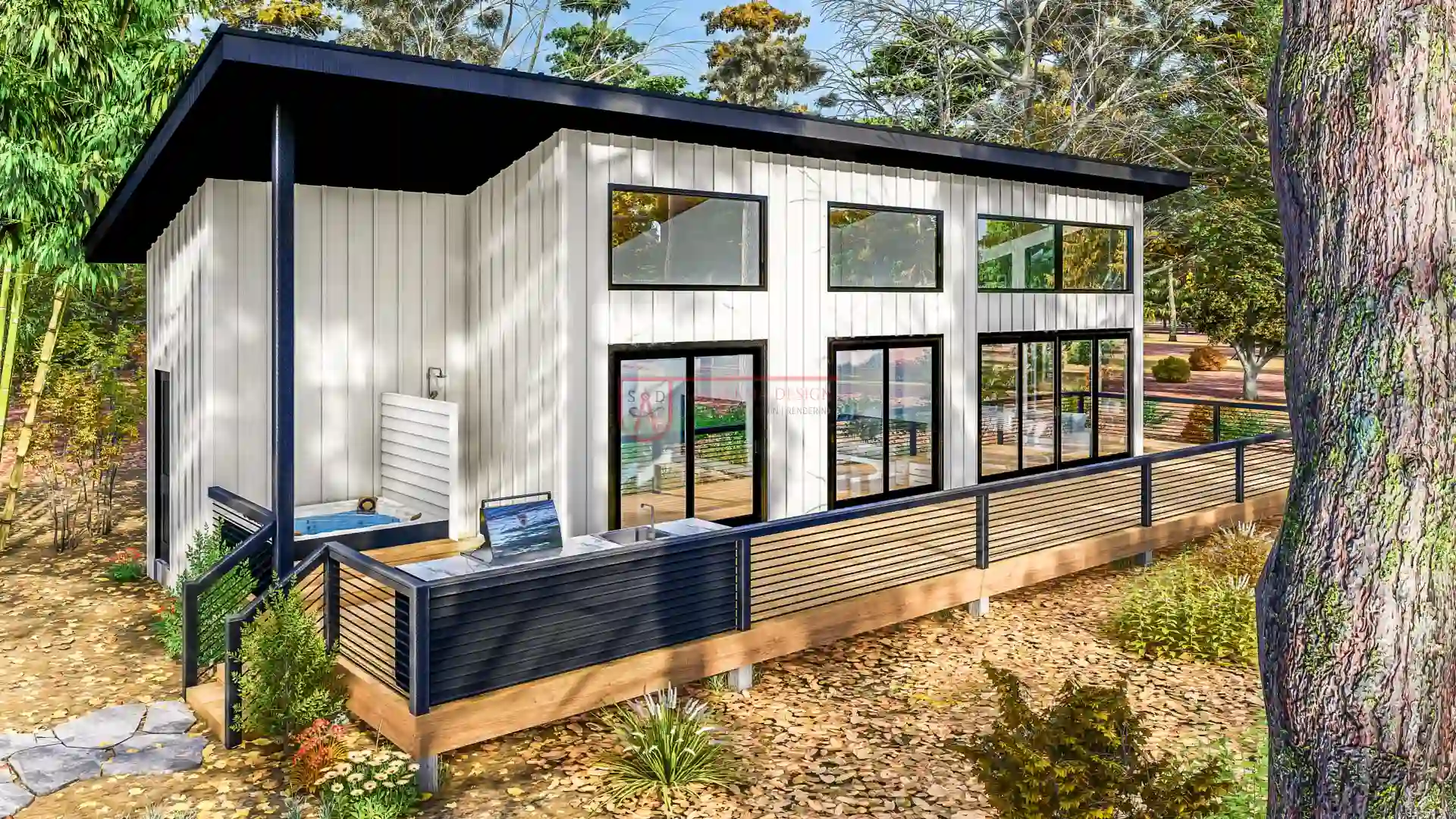 |
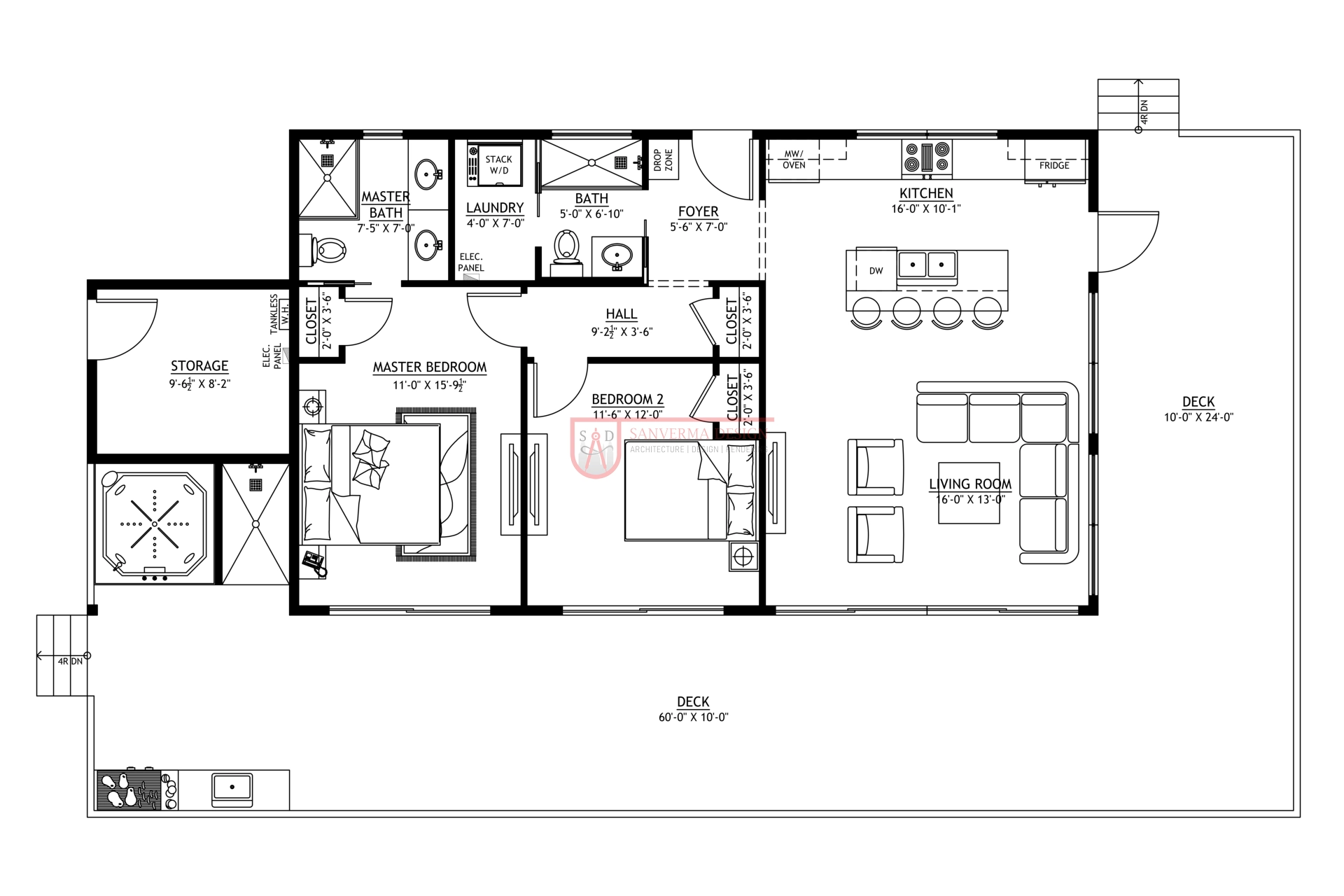 |
| Click here to buy this house plan | Click here to buy this house plan |
Future Trends and What to Expect
Looking ahead, the future of tiny home living in Kentucky appears promising. As interest in sustainable and affordable housing continues to rise, new developments in Tiny Homes Kentucky are expected to emerge. Advances in construction technology, coupled with evolving regulatory frameworks, will likely lead to more streamlined processes and innovative design solutions.
The dialogue surrounding Are Tiny Homes Allowed in Kentucky is anticipated to evolve further, with policymakers becoming increasingly receptive to alternative housing models. Local governments are already exploring modifications to zoning regulations, paving the way for more inclusive and flexible approaches. This forward-thinking perspective will not only support current tiny home projects but also encourage new ventures across the state.
Industry experts predict that trends such as eco-friendly building materials, smart home integration and modular construction will become standard features in future Tiny Homes Kentucky designs. These innovations promise to enhance efficiency, reduce costs and improve overall quality of life for residents.
Looking forward, technological integration is set to revolutionize tiny home living. Innovations such as renewable energy systems, advanced insulation techniques and automated home management are likely to become more prevalent. Furthermore, collaboration between designers, engineers and government bodies is expected to streamline building processes and enhance compliance with local standards. As Tiny Homes Kentucky continues to gain traction, both urban and rural communities will benefit from increased accessibility, improved infrastructure and a more dynamic housing market.
In summary, the promising future of tiny home living in Kentucky is exceptionally bright and undoubtedly full of tremendous potential.
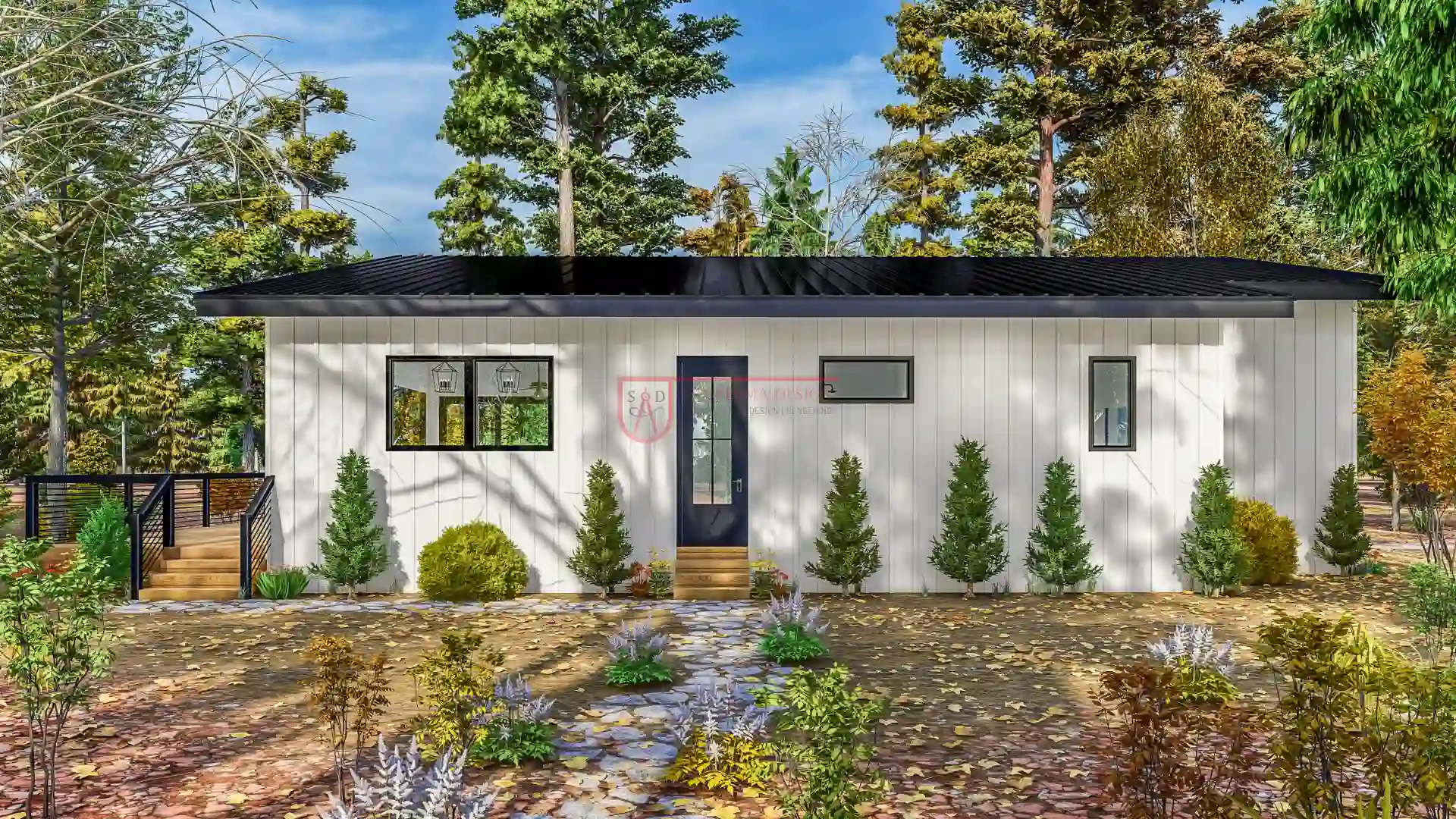 |
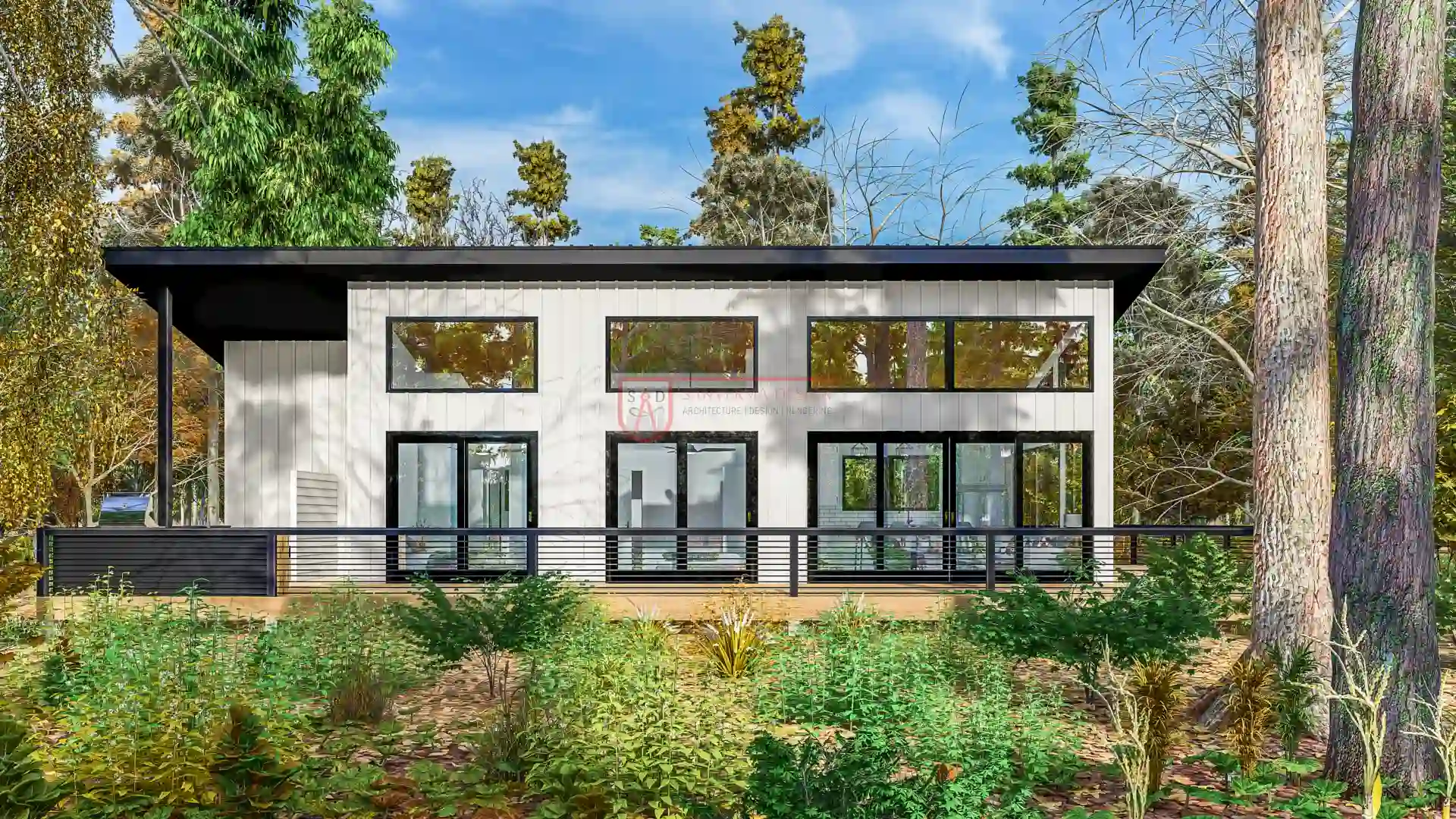 |
| Click here to buy this house plan | Click here to buy this house plan |
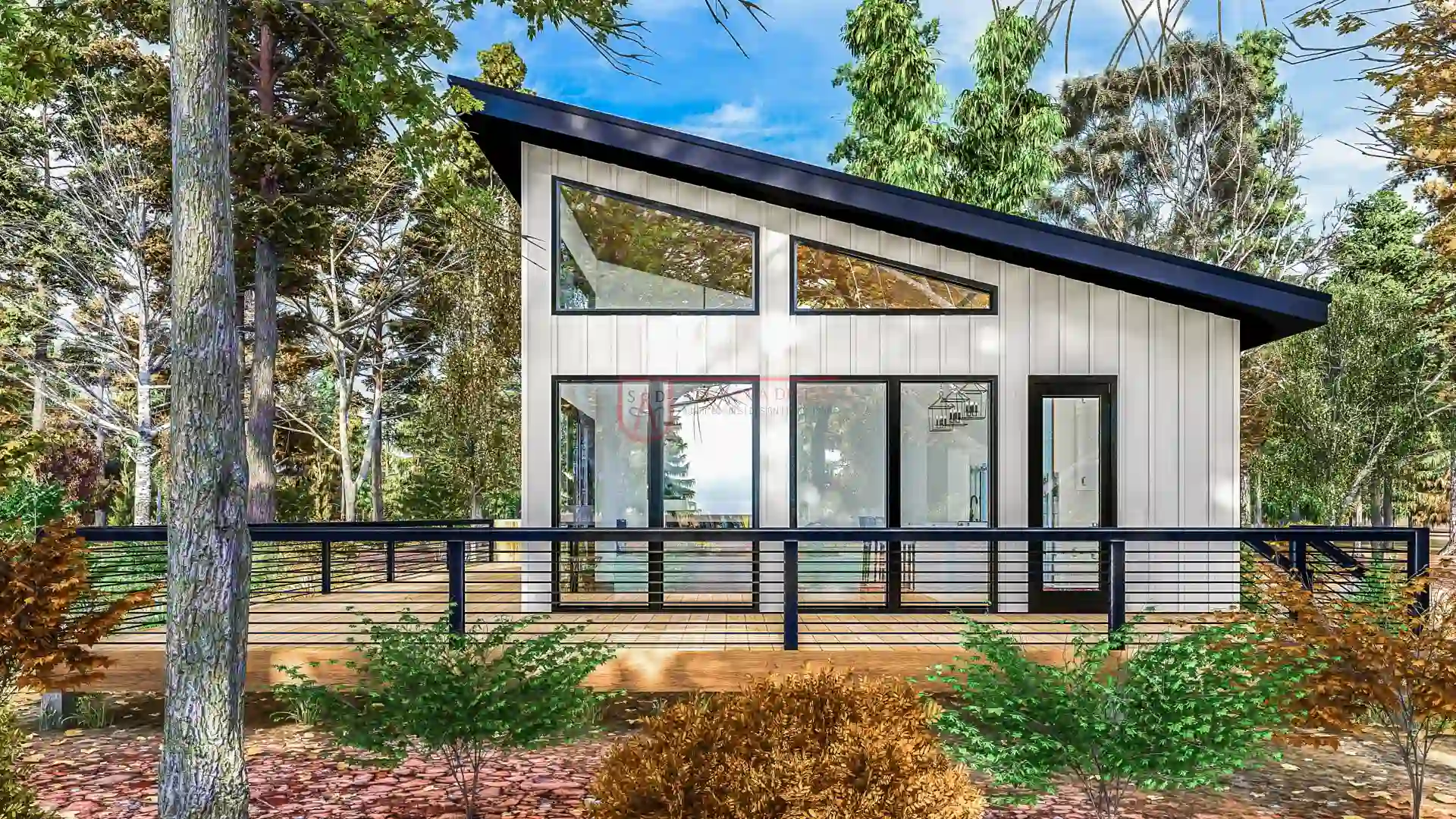 |
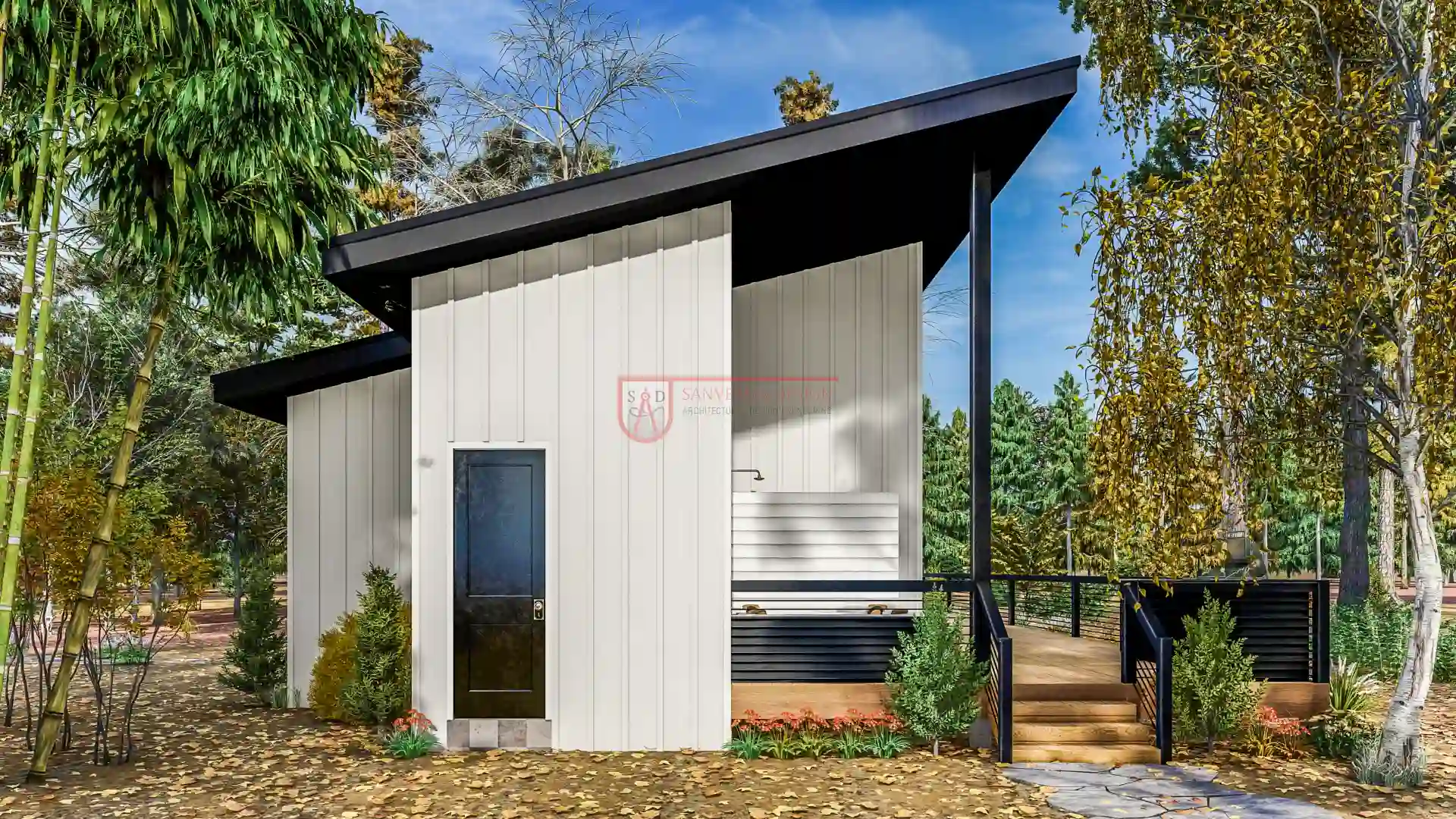 |
| Click here to buy this house plan | Click here to buy this house plan |
Conclusion and Final Thoughts
In closing, the exploration of the tiny home movement in Kentucky reveals a multifaceted landscape filled with opportunity, challenges and evolving regulations. The central question, Are Tiny Homes Allowed in Kentucky, serves as a catalyst for deeper discussions about affordability, sustainability and innovative living solutions. Throughout this guide, we have examined the intricate details of Tiny Homes Kentucky, including legal frameworks, local zoning issues and design considerations.
By understanding Tiny House Laws Kentucky and Tiny Home Regulations Kentucky, prospective homeowners can navigate the complex environment with confidence. The role of Kentucky Tiny House Zoning has been highlighted as a critical factor in ensuring that tiny home developments align with community standards while promoting sustainable growth. This comprehensive analysis offers valuable insights for anyone interested in the tiny home lifestyle.
As the tiny home market continues to evolve, it is essential for individuals to stay informed and adaptable. Whether you are a first-time buyer or a seasoned builder, the principles discussed here provide a roadmap for success. Embracing the tiny home movement means more than just downsizing; it represents a shift towards a more sustainable, efficient and fulfilling way of life.
Ultimately, the future of tiny homes in Kentucky is filled with promise. With ongoing legislative reforms and a growing community of enthusiasts, Tiny Homes Kentucky are set to redefine modern living. We encourage you to explore further, engage with local experts and consider the transformative potential of tiny home living.
 |
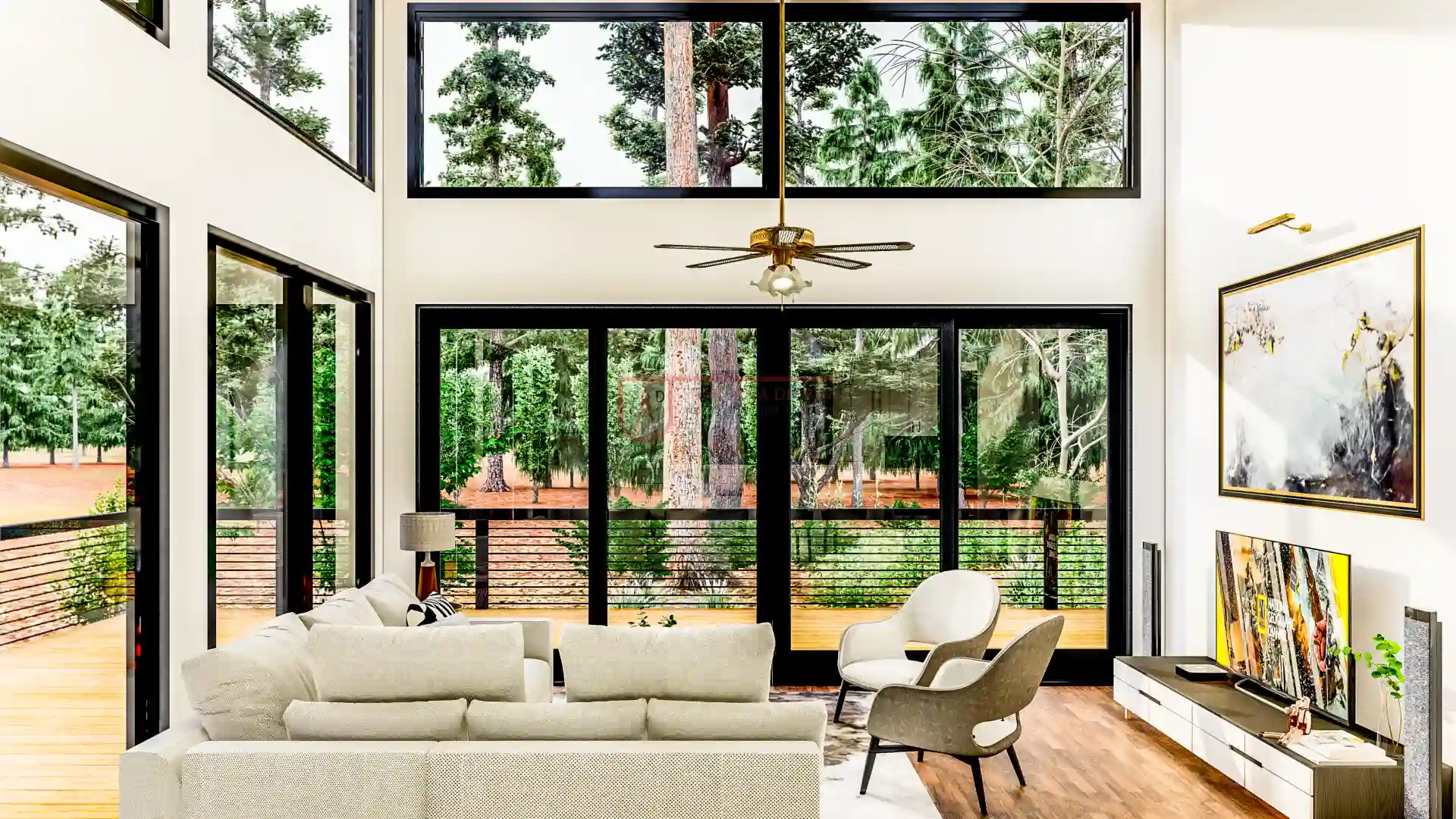 |
| Click here to buy this house plan | Click here to buy this house plan |
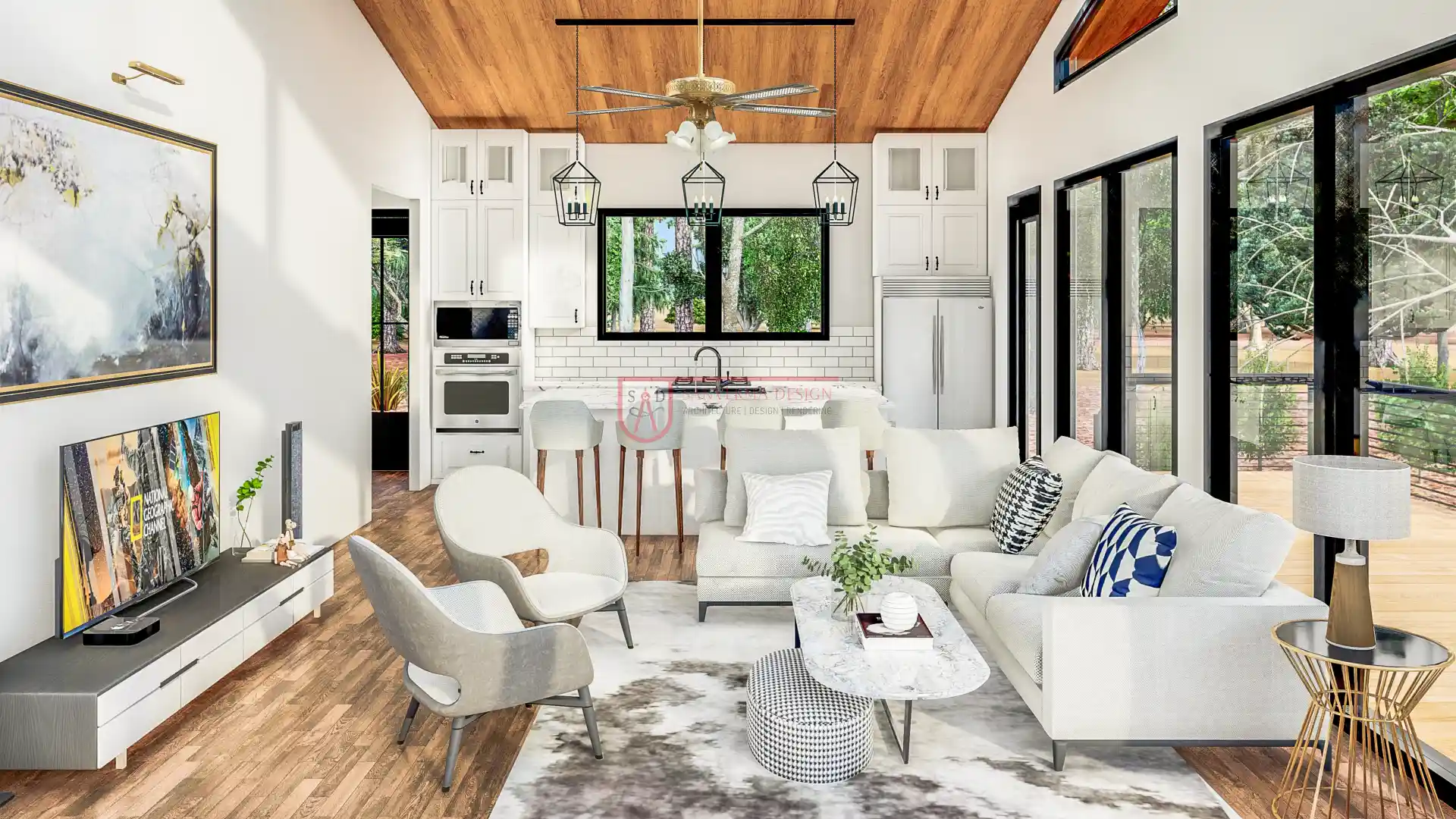 |
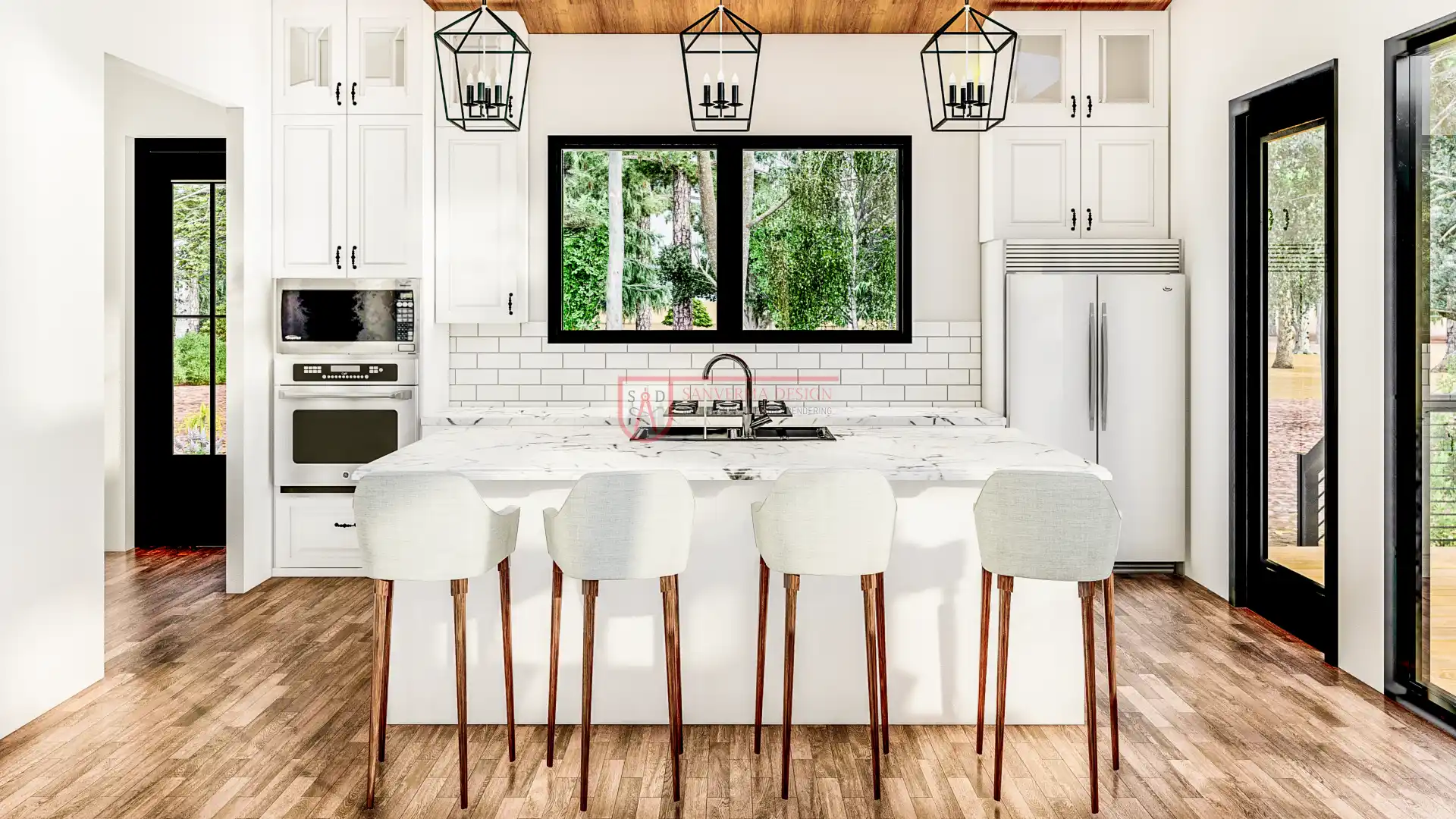 |
| Click here to buy this house plan | Click here to buy this house plan |
May your transformative journey with Tiny Homes Kentucky inspire change.
Plan 284SVD: Click here to buy this house plan (Plan Modifications Available)
Plan 285SVD: Click here to buy this house plan (Plan Modifications Available)
Plan 289SVD: Click here to buy this house plan (Plan Modifications Available)
Plan 302SVD: Click here to buy this house plan (Plan Modifications Available)
